Tomonoura, a charming old town in Hiroshima
Fukuyama is a city on the eastern edge of Hiroshima Prefecture along the Seto Inland Sea. This undiscovered city is off the beaten track and is often bypassed for the more well-known tourist destinations like Miyajima, Hiroshima and Onomichi in the same prefecture. Consequently, there are fewer tourists and more hidden gems to uncover in Fukuyama.
Fukuyama City makes for a perfect overnight trip out of the nearby major cities of Hiroshima or Okayama. I spent two days in the area and stayed overnight at the nearby port town of Tomonoura, which may look familiar to some as it was the location setting for the movie "The Wolverine" and the Studio Ghibli animation "Ponyo on the Cliff by the Sea". Outside of the time I spent in Tomonoura, I managed to squeeze in an uncommon hands-on activity of playing the Japanese koto (Japanese harp), visit Shinshoji, a Rinzai Zen temple, as well as go to the Abuto Kannon, a unique temple hall that stands out in the Seto Inland Sea.

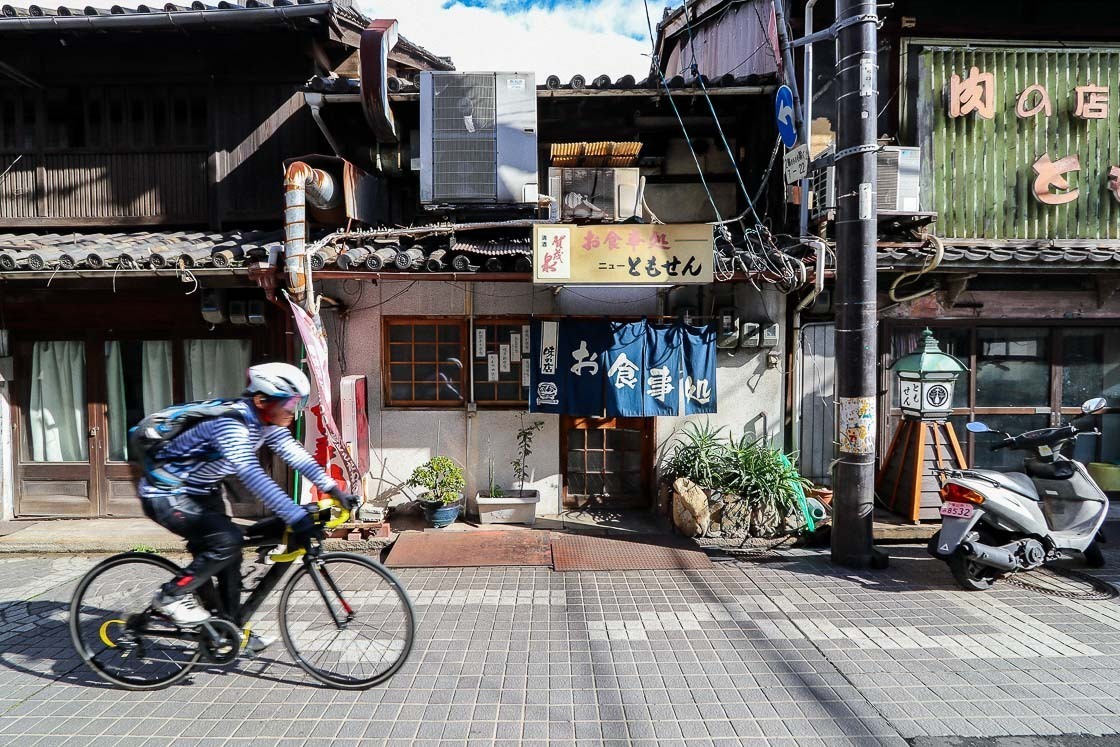
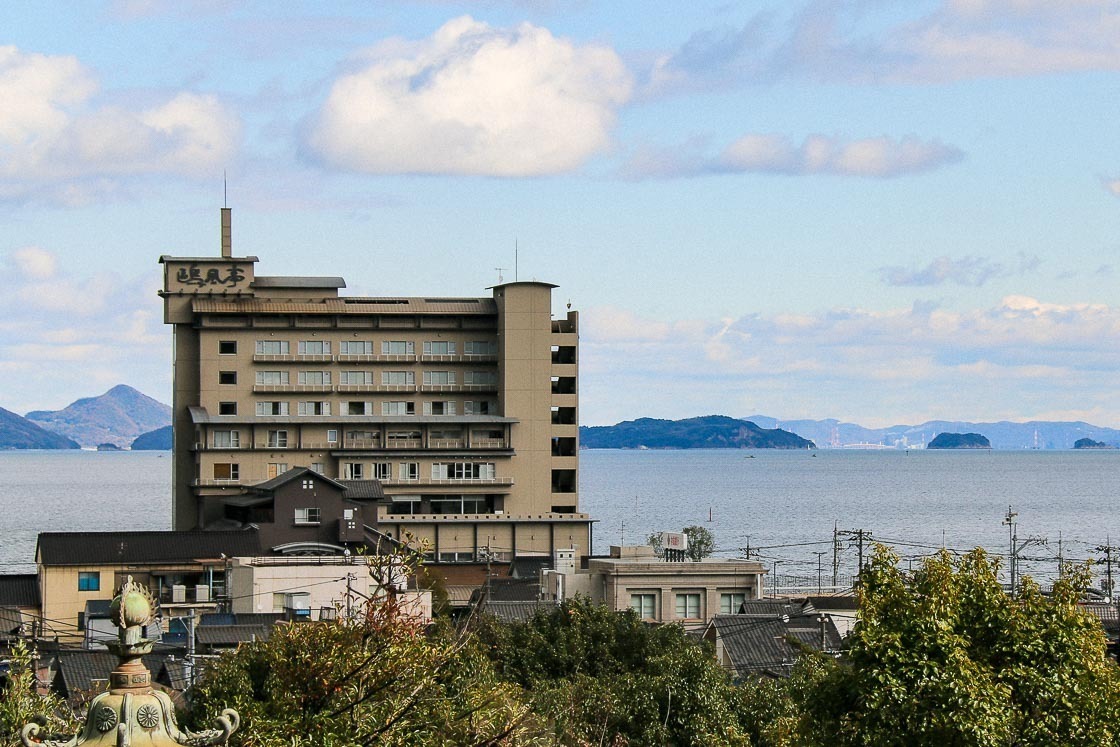

Day one
My great adventure off the beaten path took me first to Fukuju Kaikan, a beautifully restored Japanese style building which is a five minute walk from Fukuyama Station, for a Japanese koto class offered by Experience FUKUYAMA. There are a number of activities offered here, and the others include tea ceremony, noh theatre, calligraphy and wearing a kimono. I arrived at Fukuju Kaikan and found the koto prepared and my koto teacher already waiting. It was my first time playing the instrument, and I was equal parts nervous and excited to give this a go. Under the expert guidance of my koto teacher, tackling the new instrument was less daunting, and I managed to play through the prepared piece of "Sakura Sakura".
Activities last about an hour, and there are two time blocks a day for the whole experience, 10:00 - 12:00 and 14:00 - 16:00. Note that advance reservations are required to participate in an activity and the reservation page can be found in the links below.

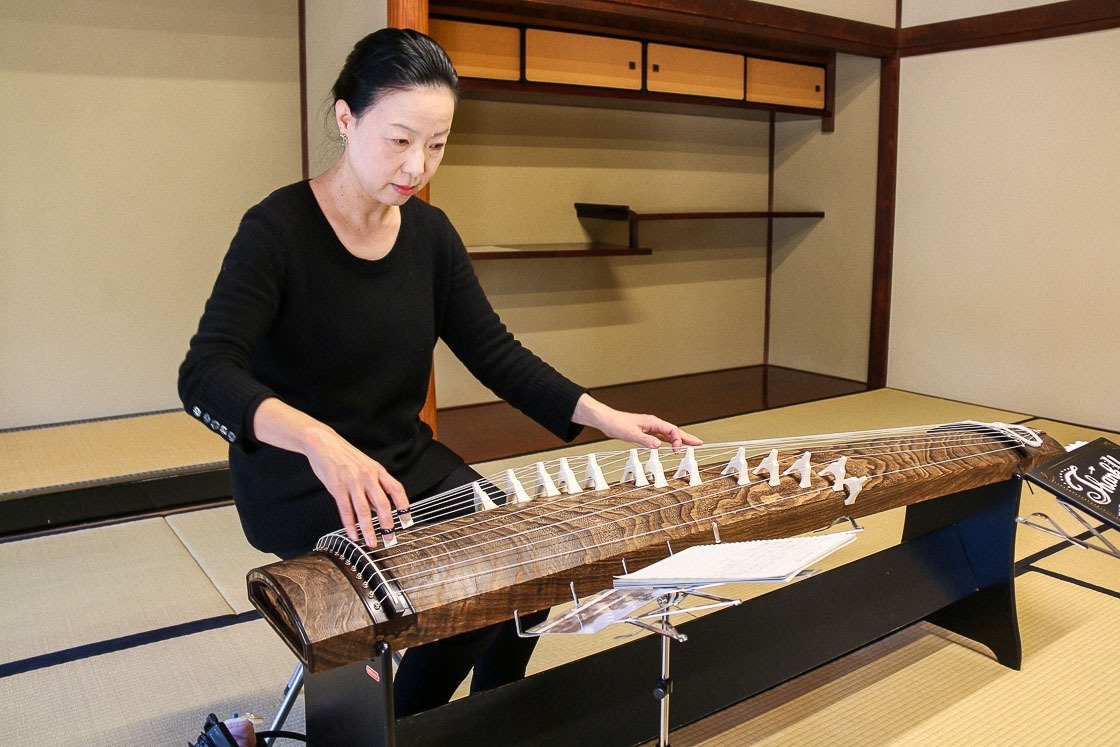
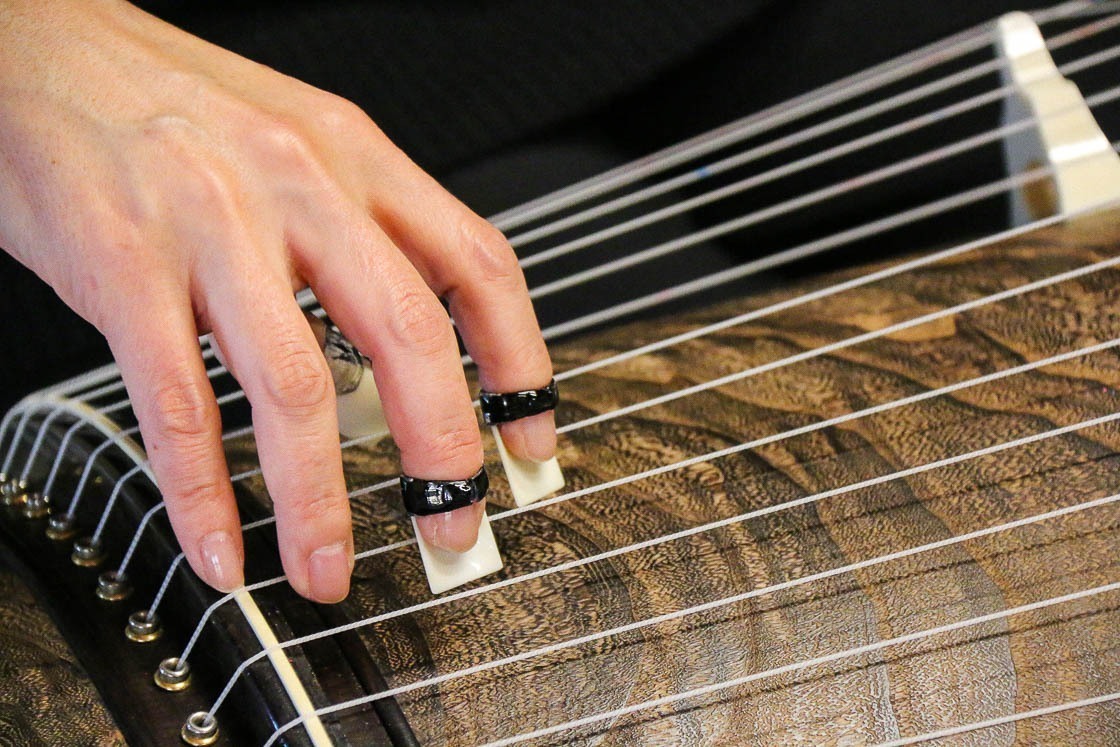

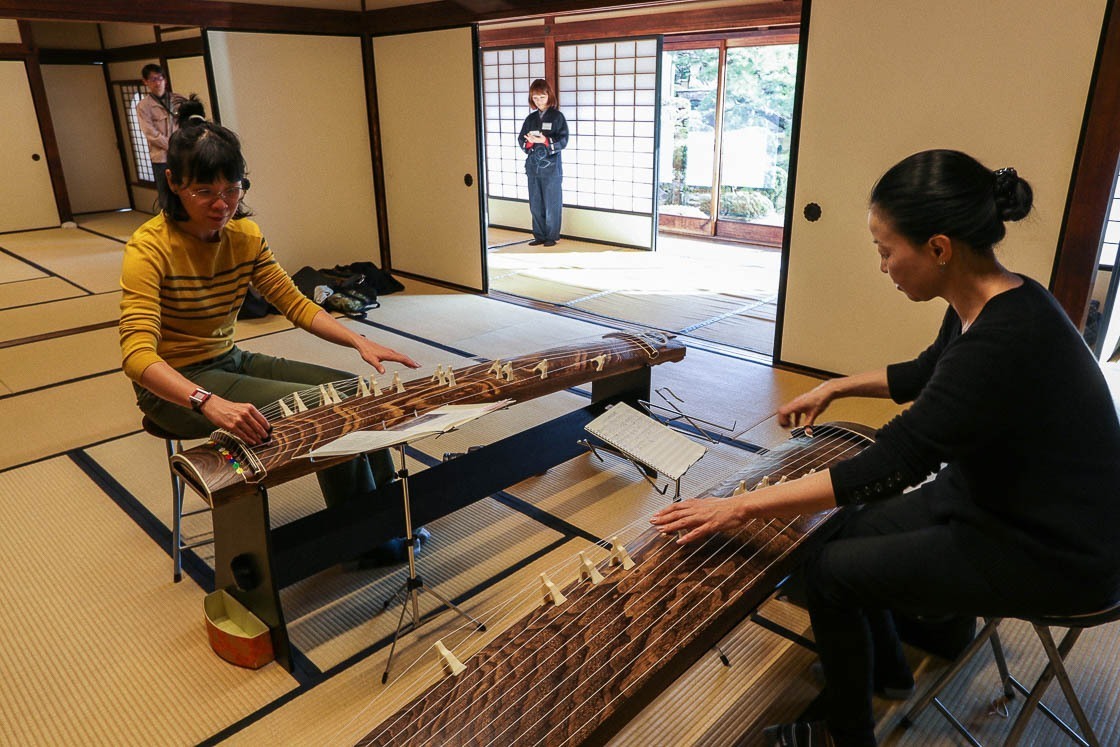
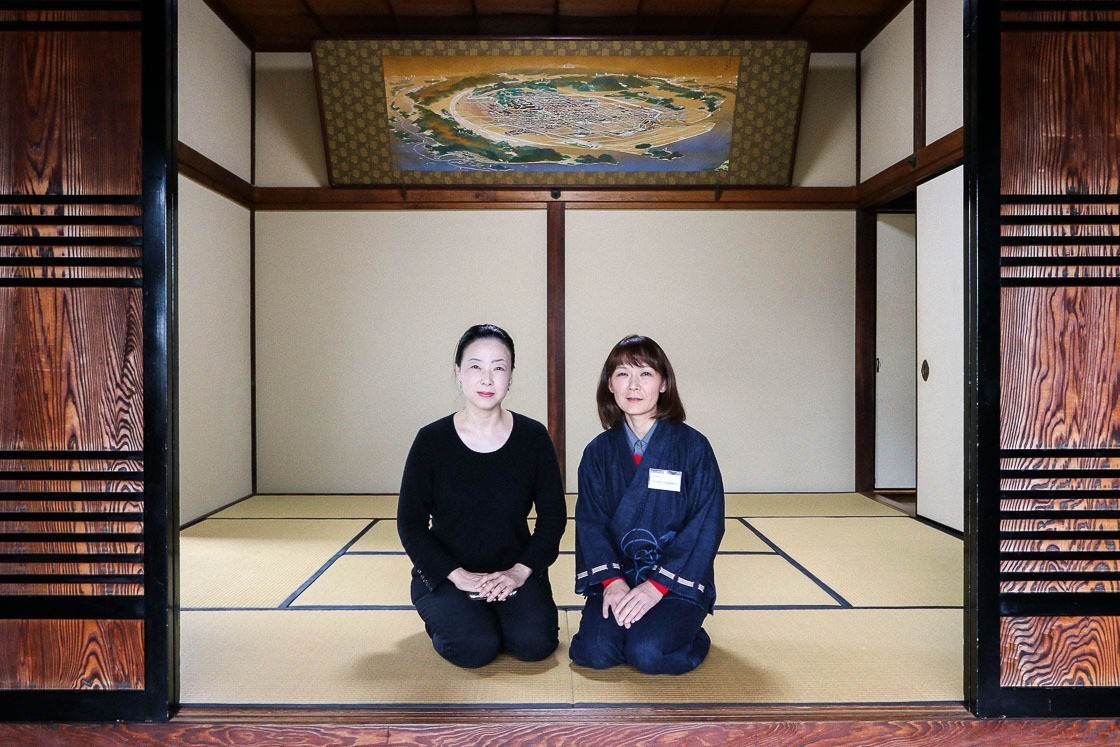
From there, I got on the free shuttle bus from Fukuyama Station bound for Shinshoji Temple, a temple facility that was set up to allow ordinary folks from all walks of life to experience Zen. Visiting Shinshoji Temple allows for an all immersive Zen experience, from walking through the pleasant grounds which takes between two to three hours, participating in Zen activities like Zen meditation and sutra copying, visiting the museum dedicated to exhibiting the artworks of Zen master Hakuin, and having a meal at one of the two dining places there. Note that advance reservation may be required for some of the activities.
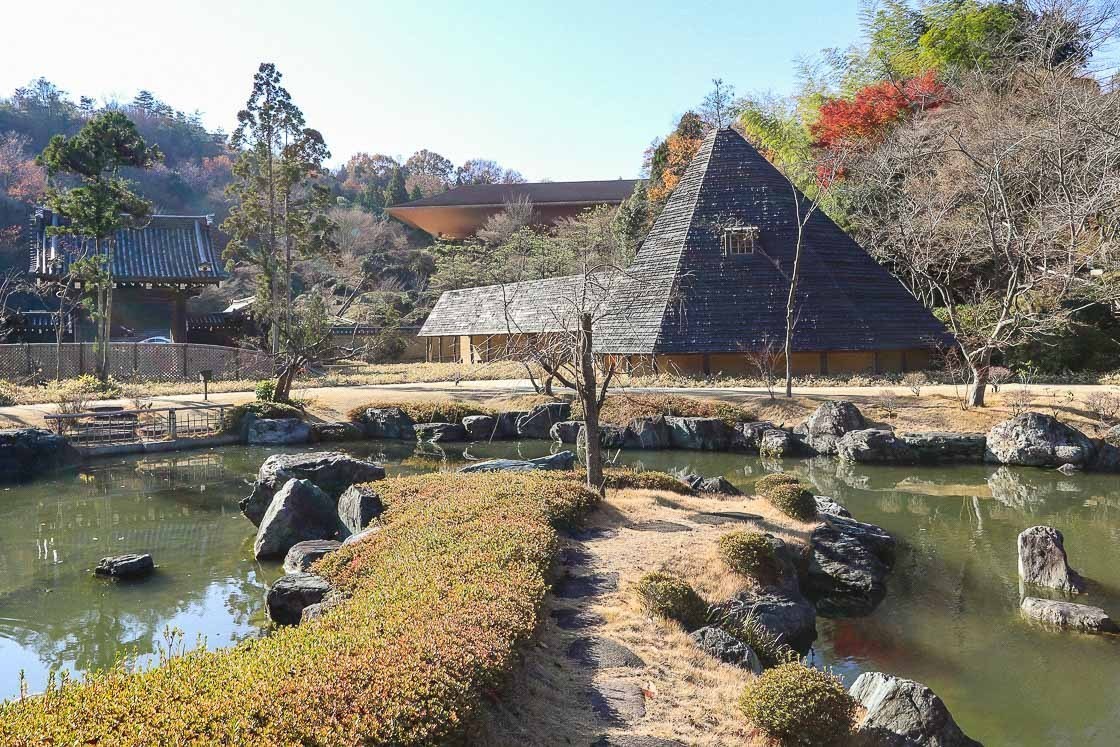
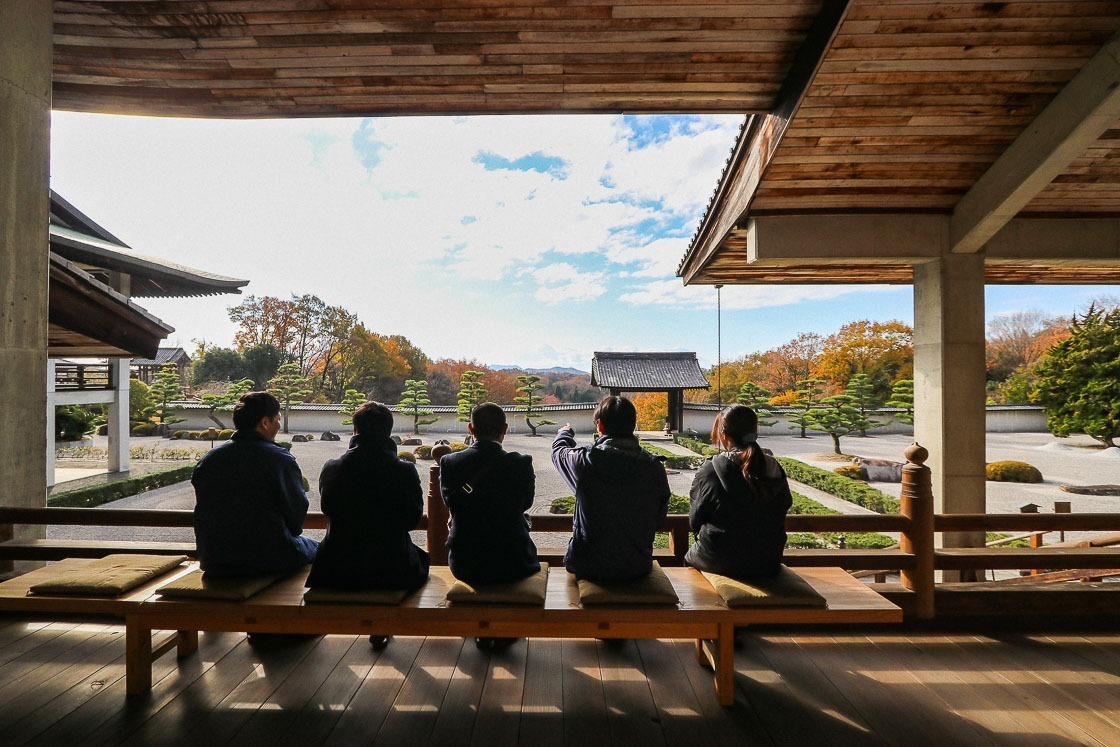
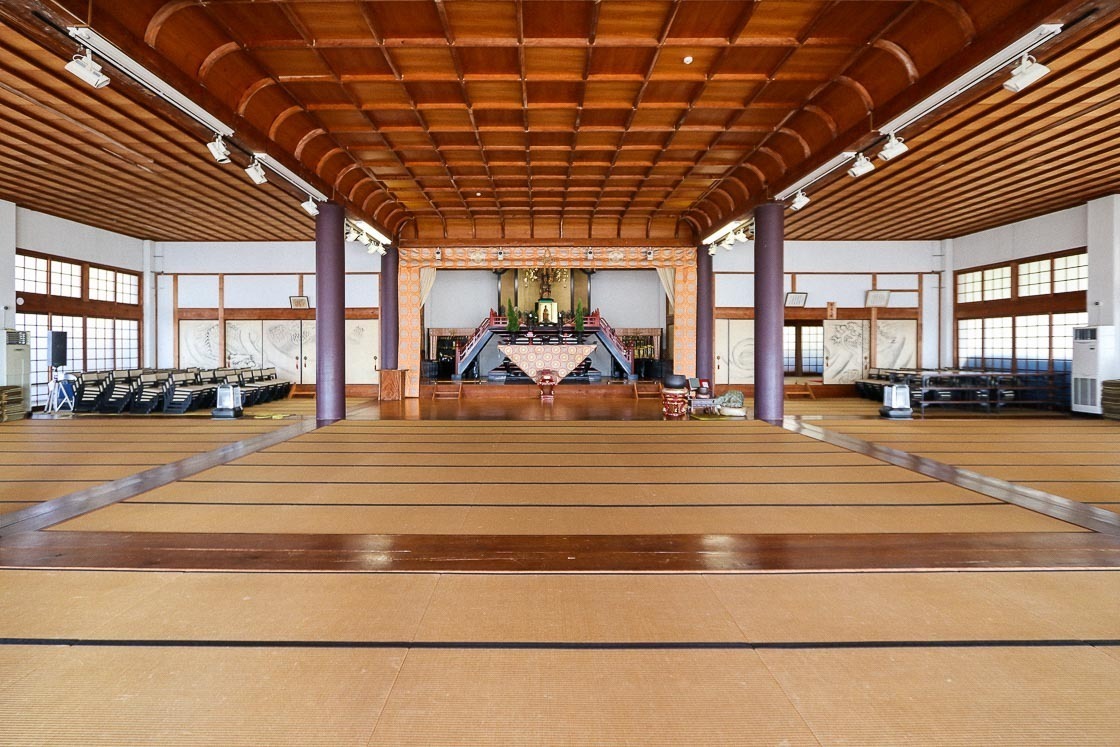
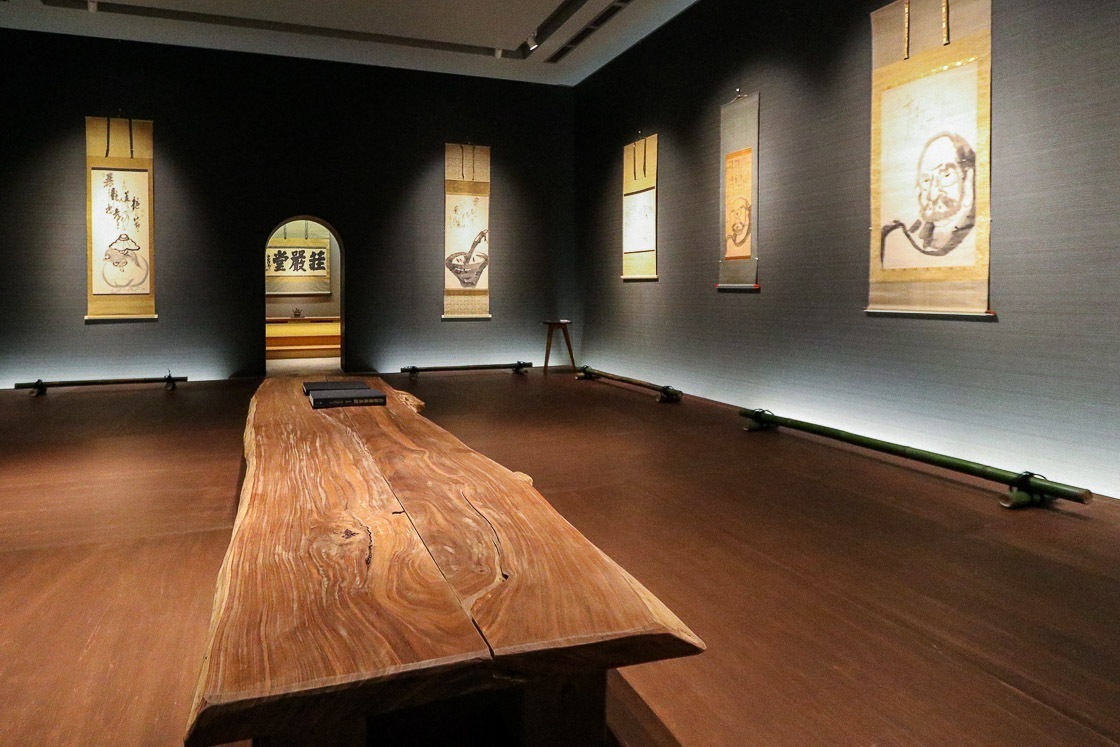
I had the opportunity to participate in a zazen meditation session and partake of Shinshoji udon, a midday meal that the Rinzai sect priests traditionally ate on the dates that ended with a four or nine and suffice to say, it was one of the more unique meals I've had recently. I continued my tour of the temple grounds, visiting the art pavilion Kohtei to experience the installation work.
The free shuttle bus runs four times a day between the station and the temple on weekdays only, taking about 40 minutes for the one way journey. It is advisable to check the schedule before going. Public buses connect the two on weekends and national holidays.
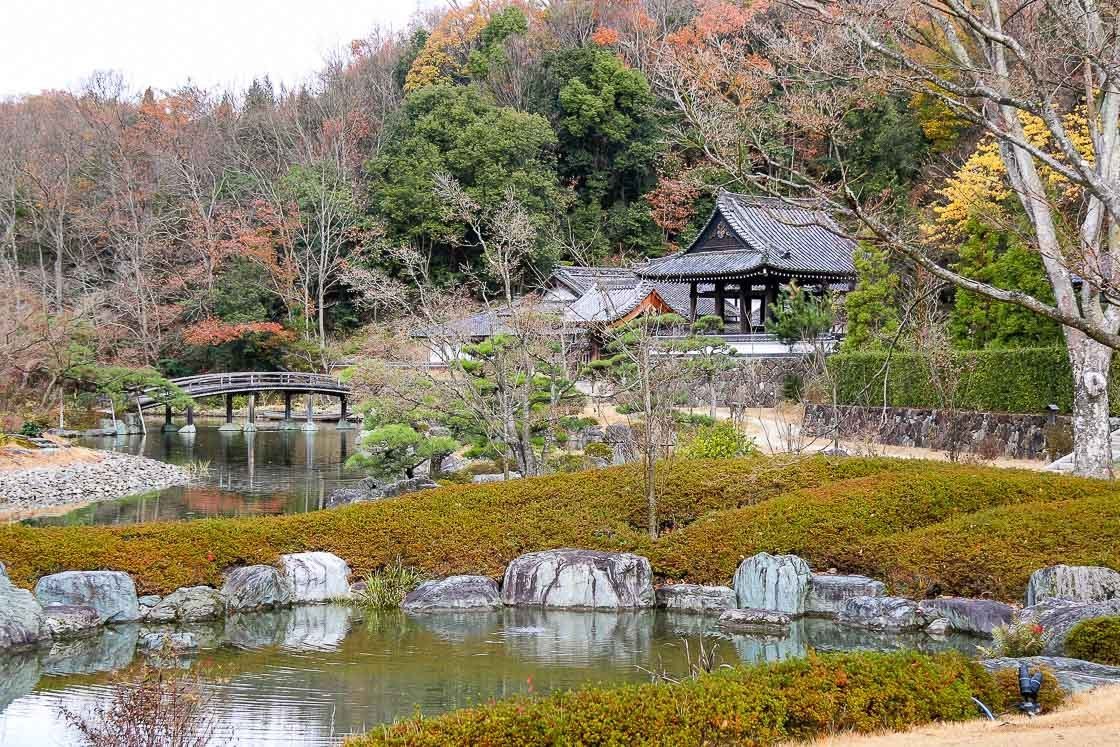
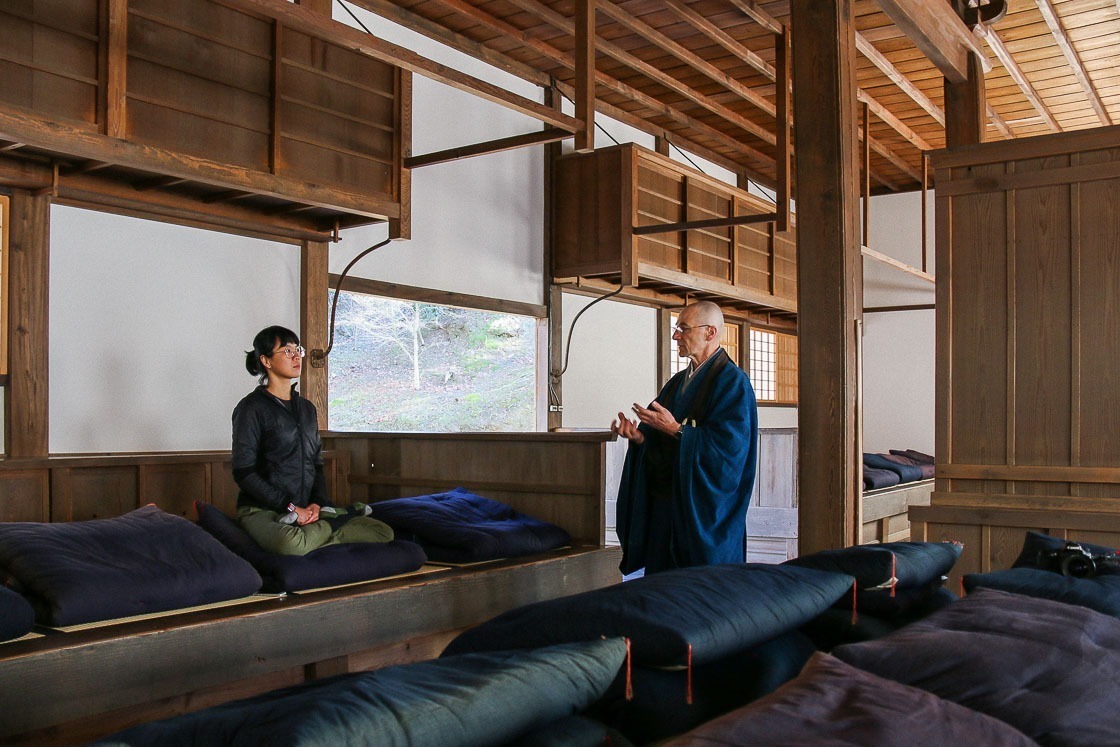
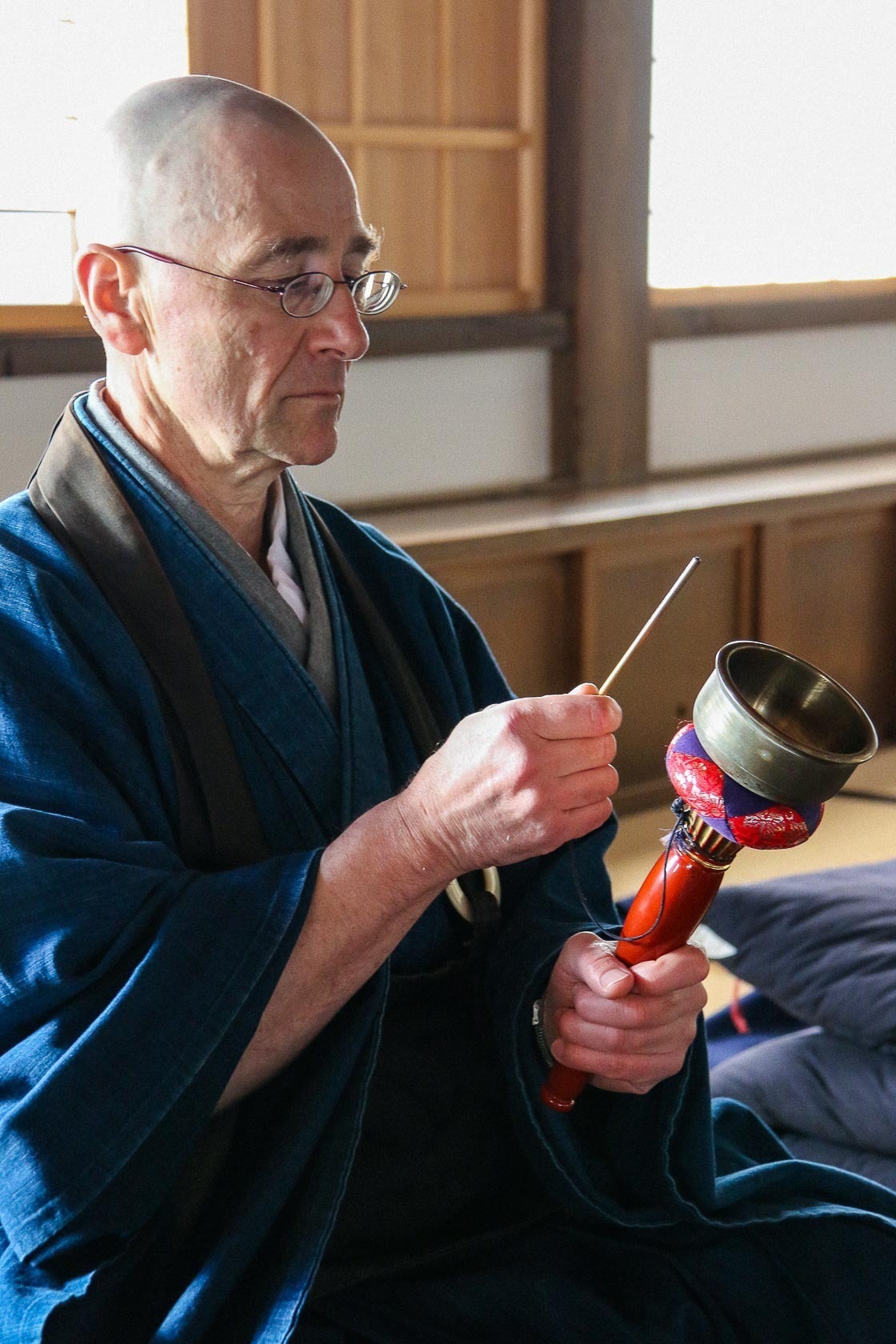
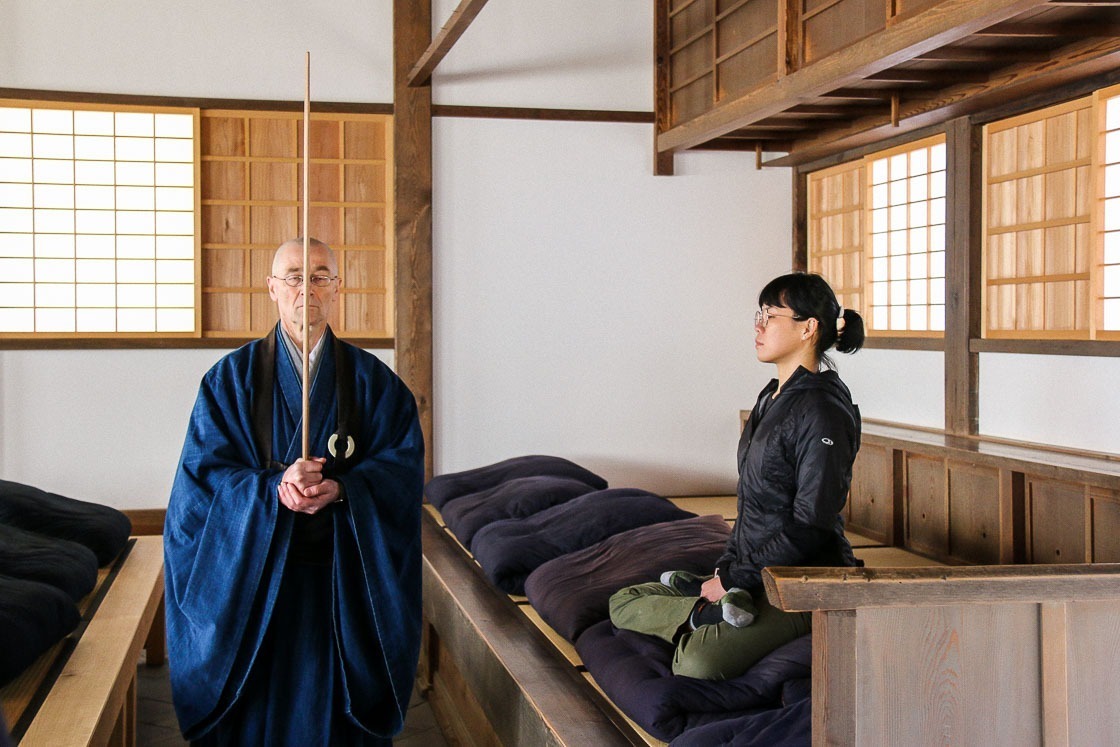
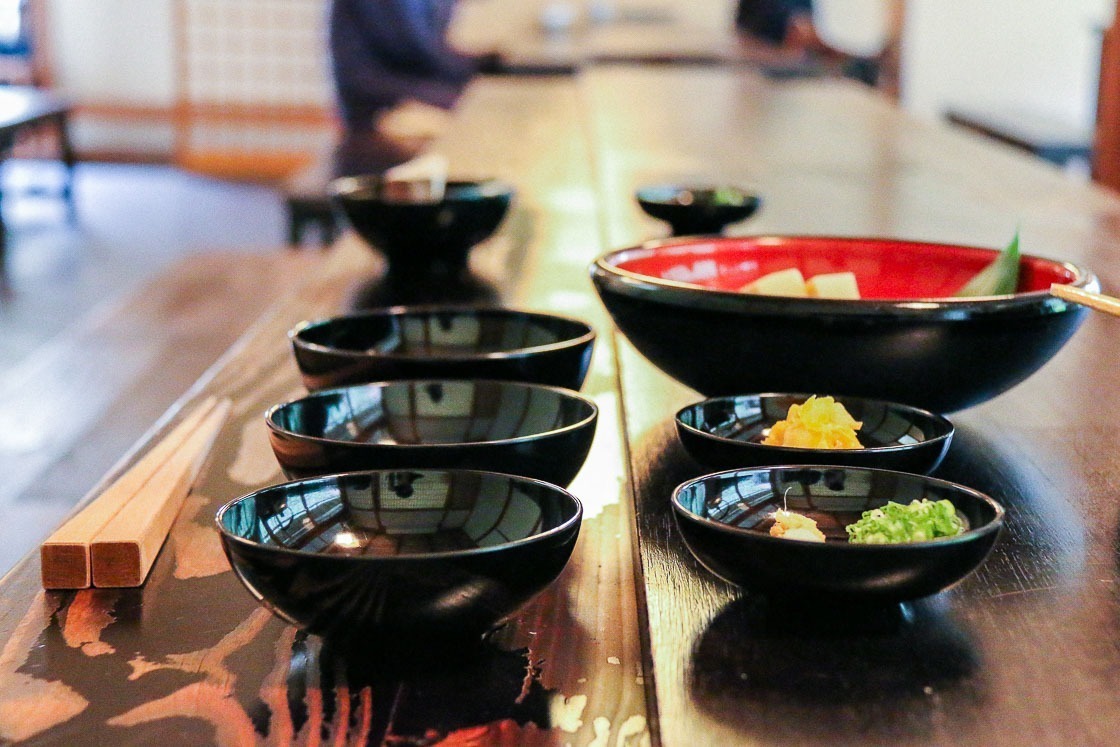

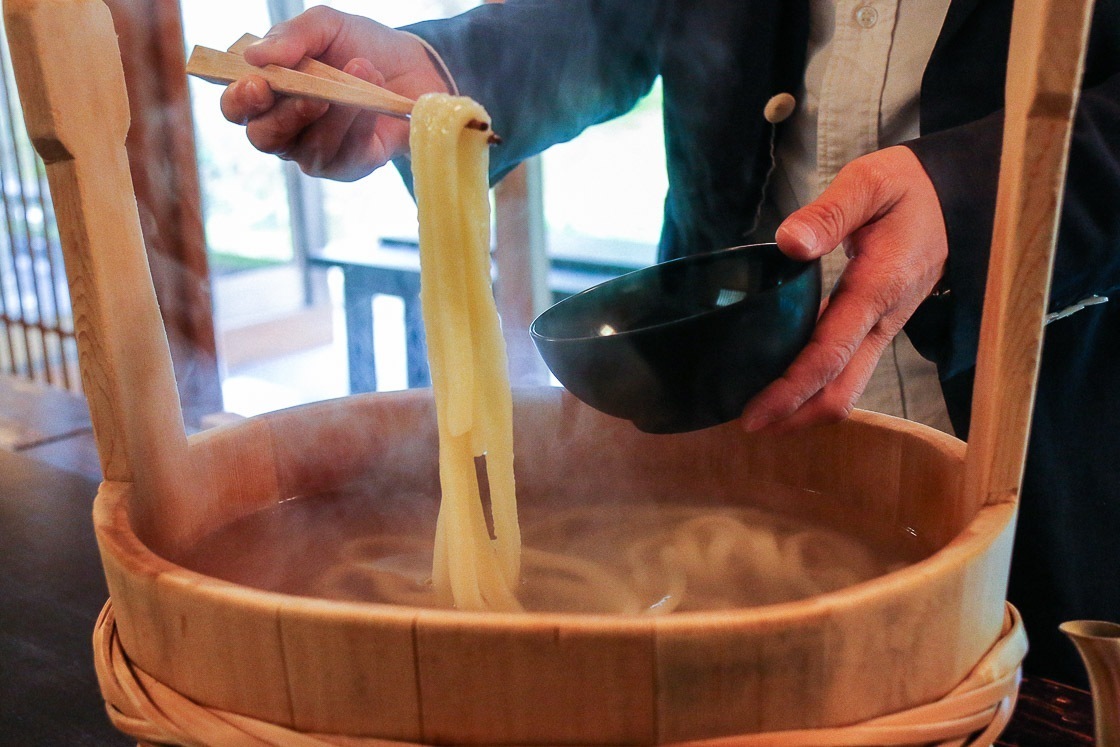
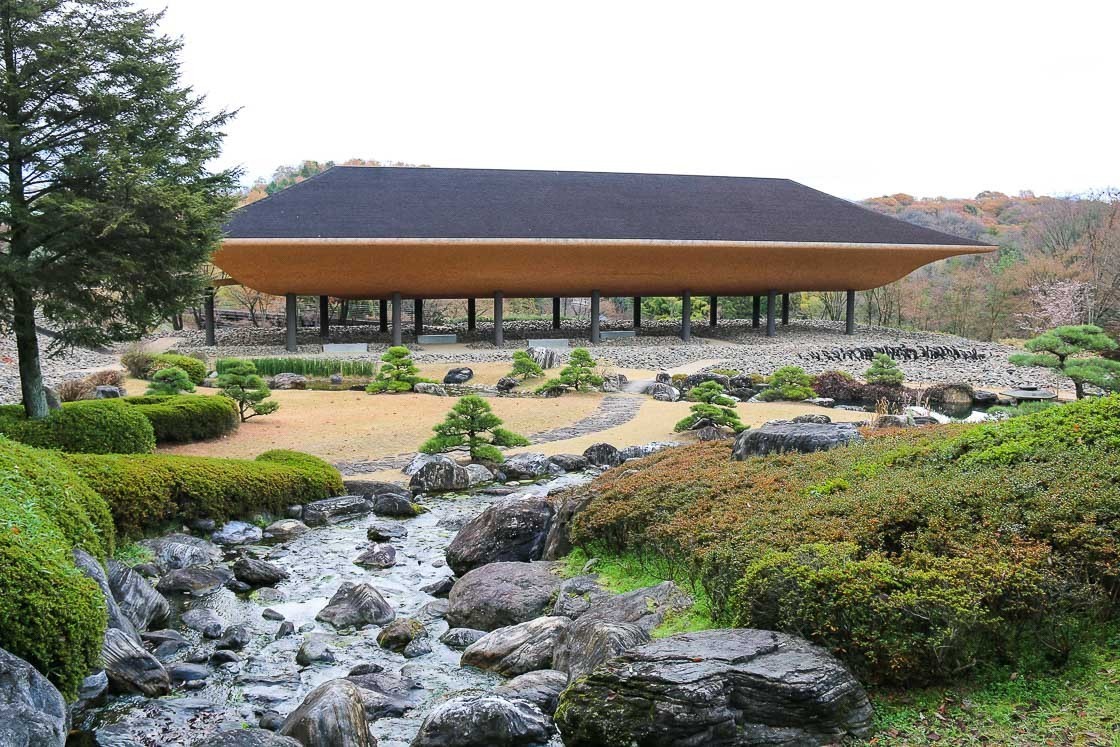
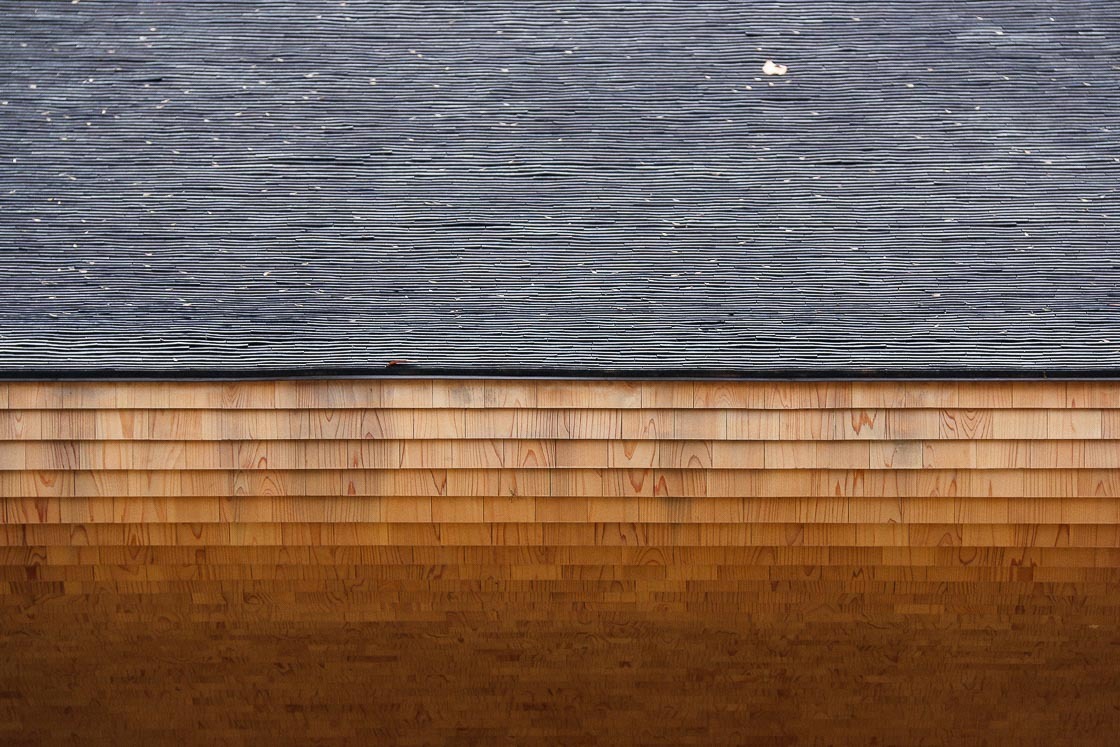
Finally, it was time to head to the quaint port town of Tomonoura where I would spend the night. Tomonoura is a small and compact town, and almost all the attractions are within walking distance from one another. It was almost dusk by the time I arrived, and I headed straight for the Joyato lighthouse near the center of the township to catch the last bit of sunset.
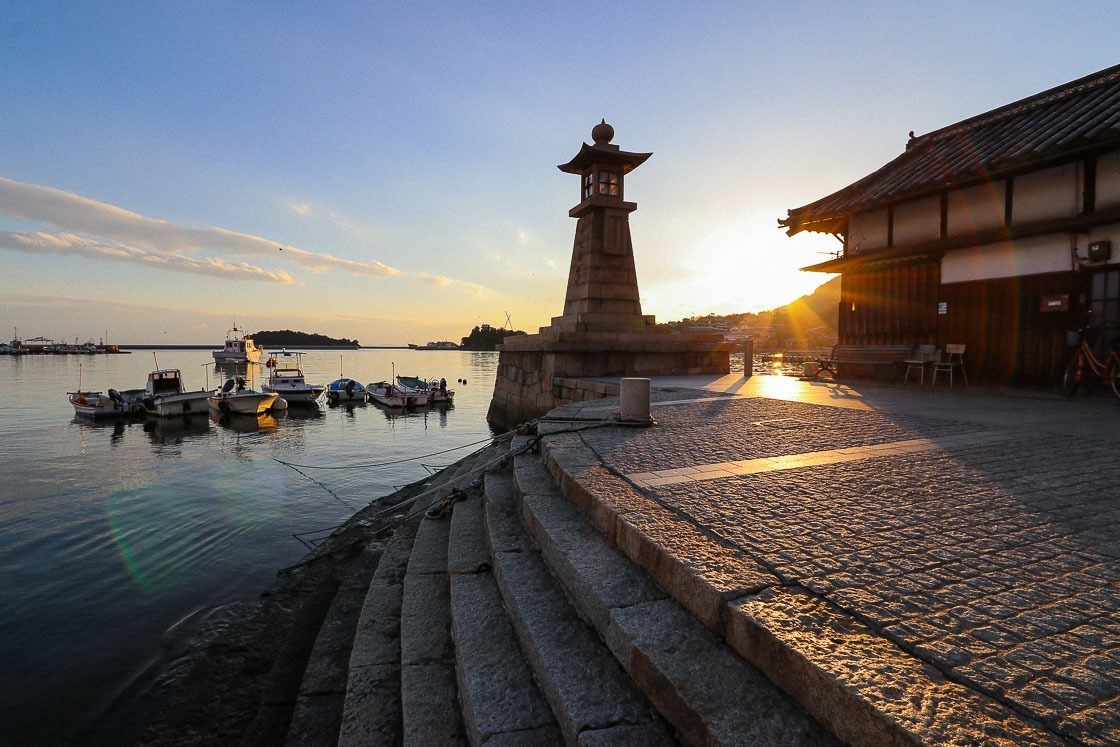
With sunset in the bag, I went to Hotel Ofutei, my accommodation for the night. The hotel looks out to the Seto Inland Sea, and, needless to say, I had a great view from my room. I've heard that Tomonoura Onsen is one of the few natural hot springs towns in the area between the major cities of Okayama and Hiroshima, and I was looking forward to enjoying a relaxing onsen bath at Hotel Ofutei. Both meals I had at the hotel, dinner and breakfast, were also excellent and exceeded my expectations. It was definitely difficult to pick a favourite between the luxurious room, delicious meals and the hot spring bath during my stay, but thankfully it's all there to enjoy when you stay overnight!

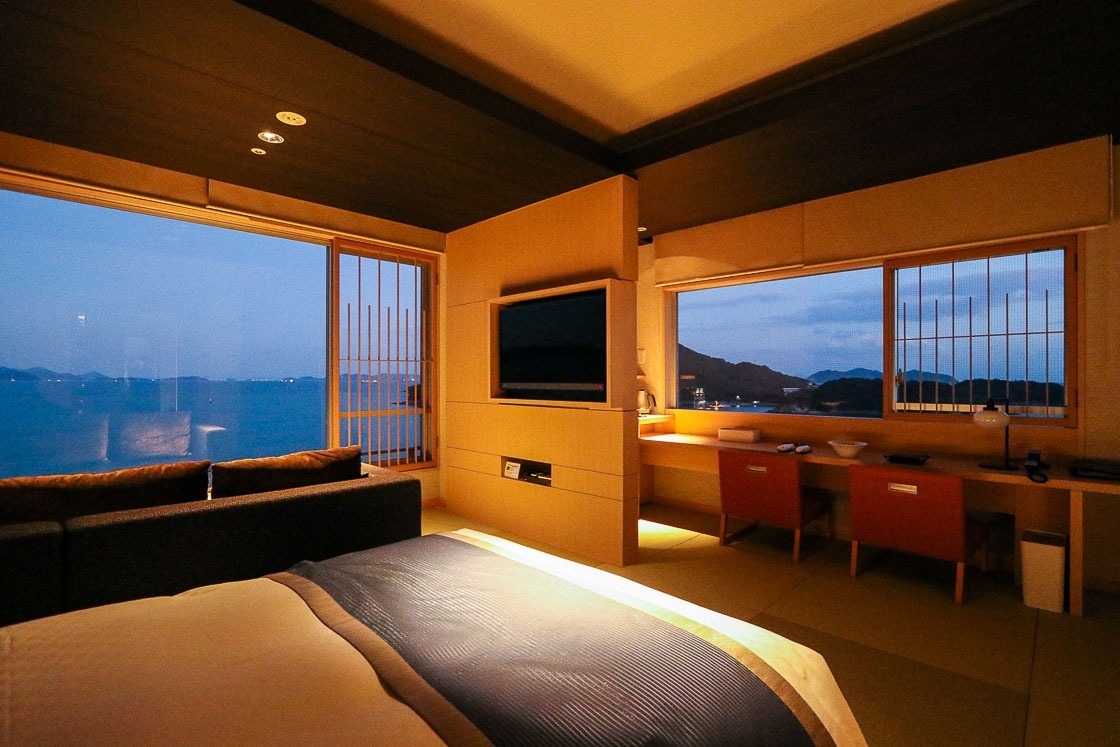
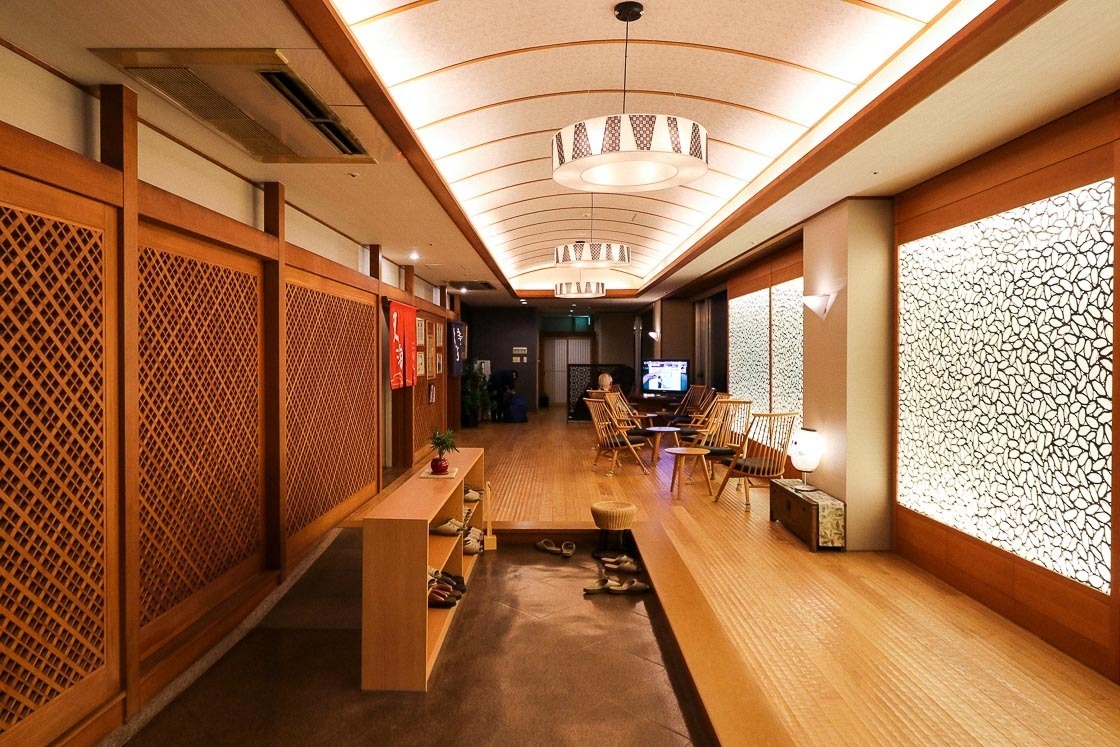
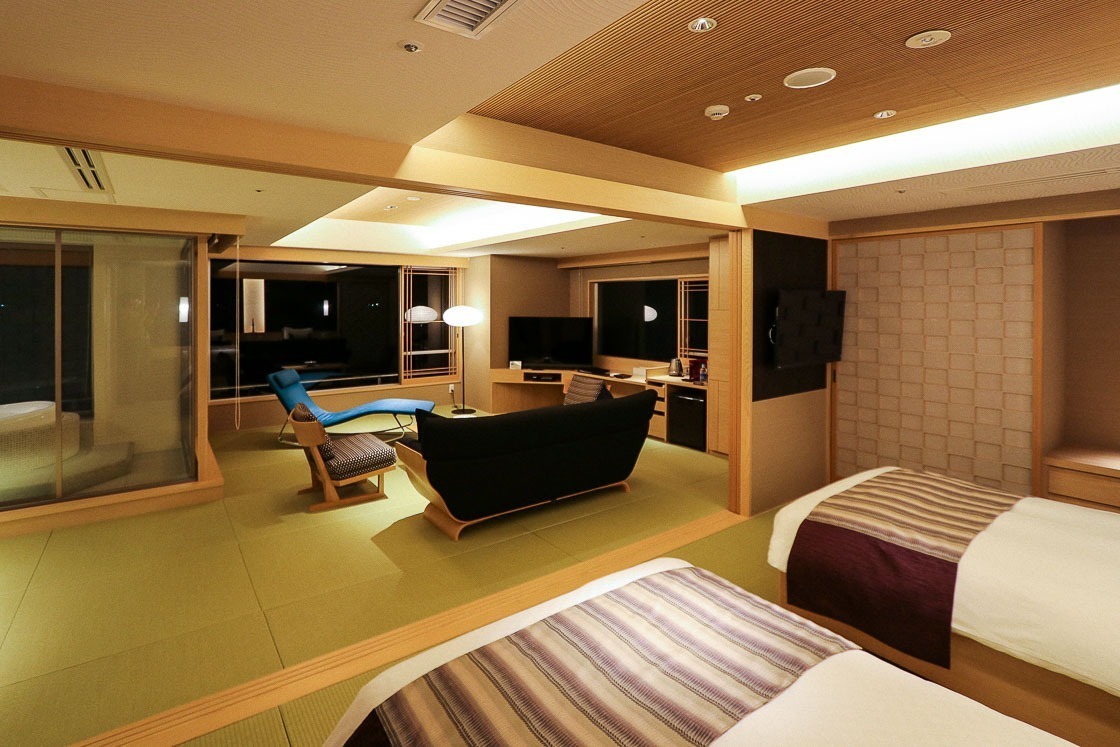
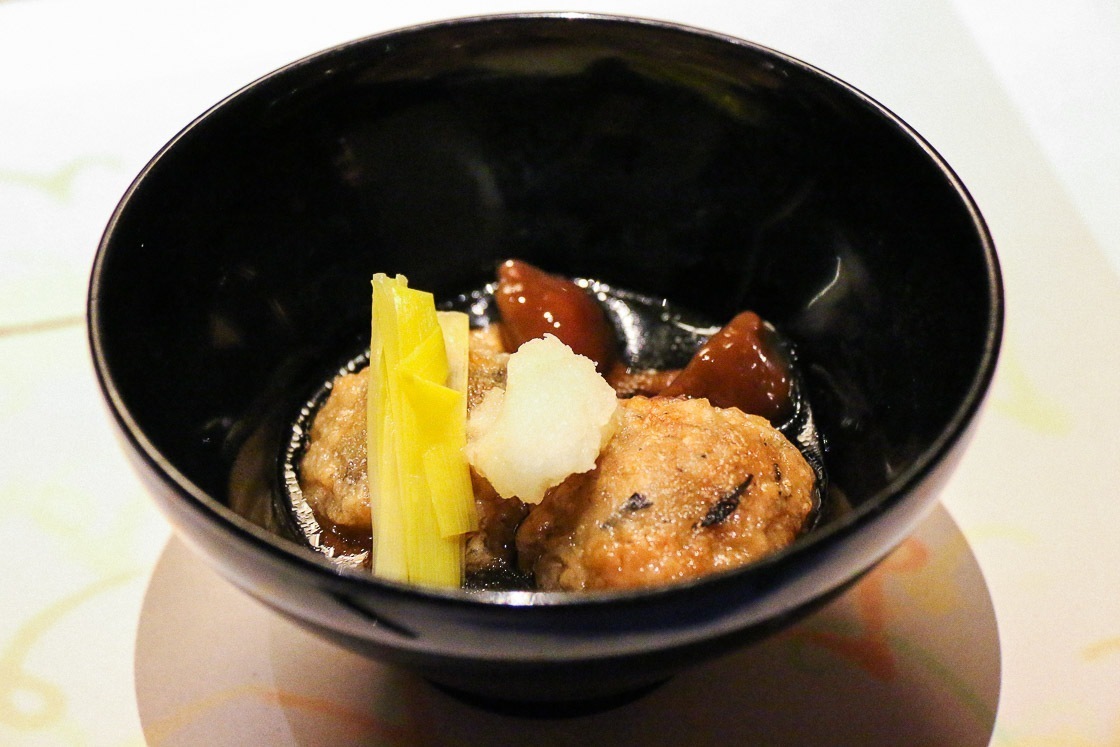
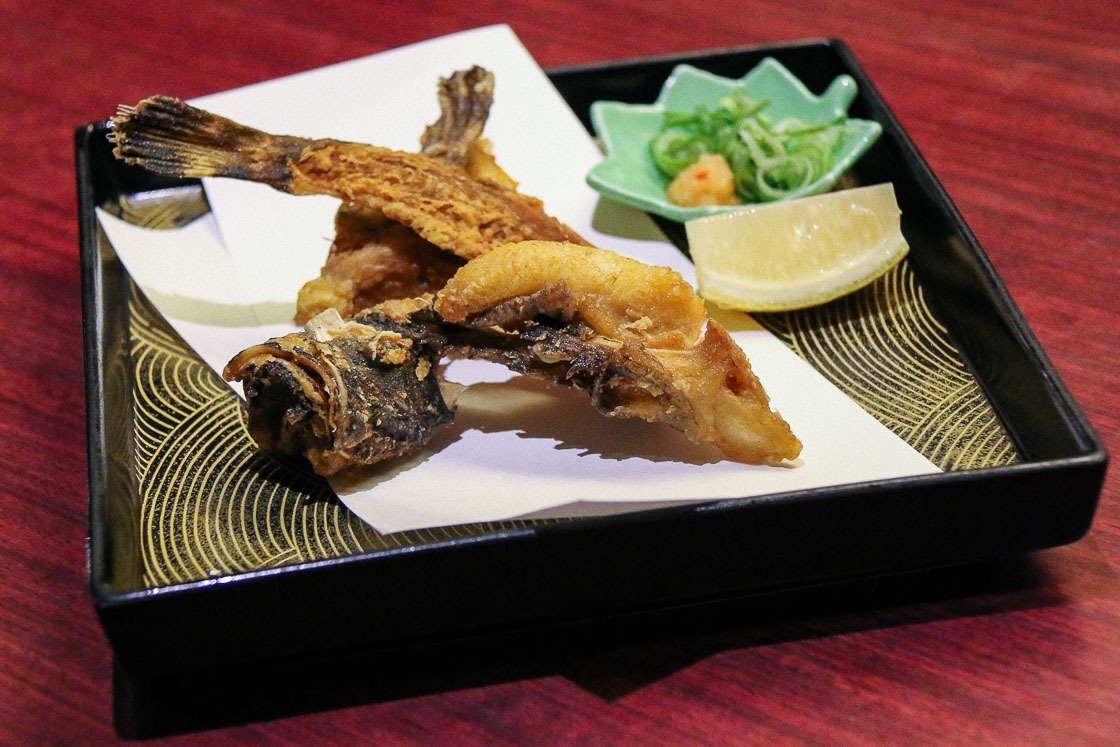
Day two
I started my day early with a walk along the shoreline to see the sunrise over the nearby islands like Sensui-jima in the Seto Inland Sea before breakfast. Following which, I spent most of the morning walking around the port town of Tomonoura, seeing the view from Taichoro, which is undoubtedly an iconic one of the town, and visiting a local alcoholic medicinal beverage maker before capping it off with a red snapper (tai) degustation lunch.

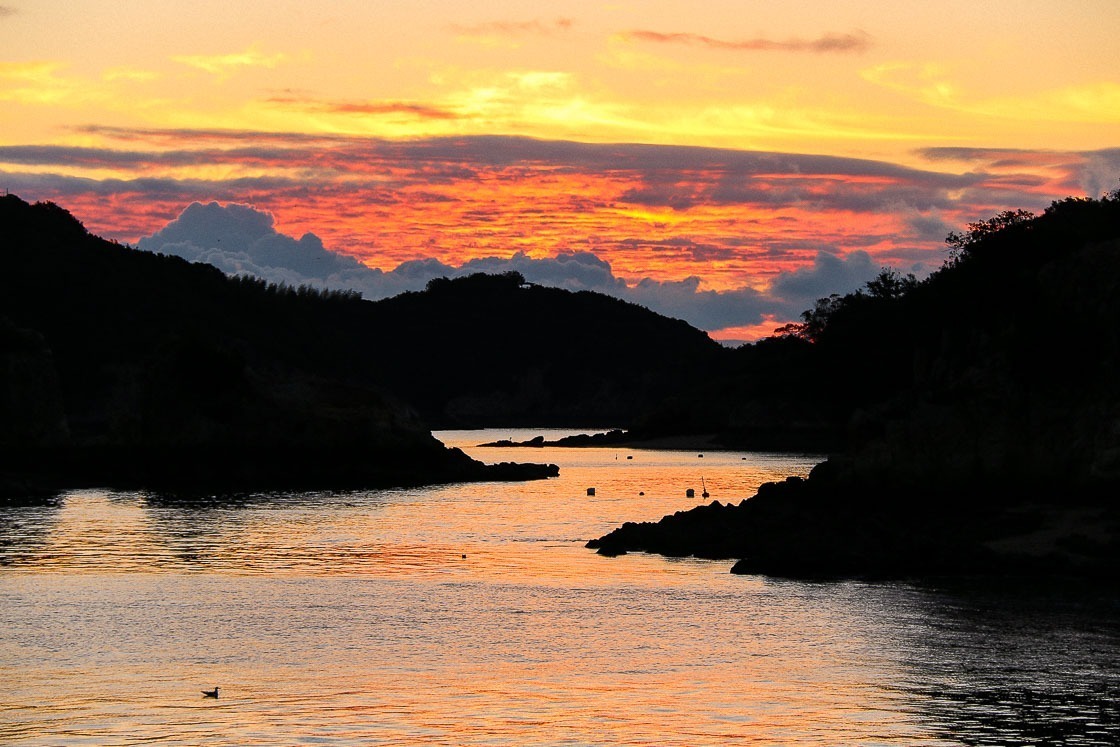
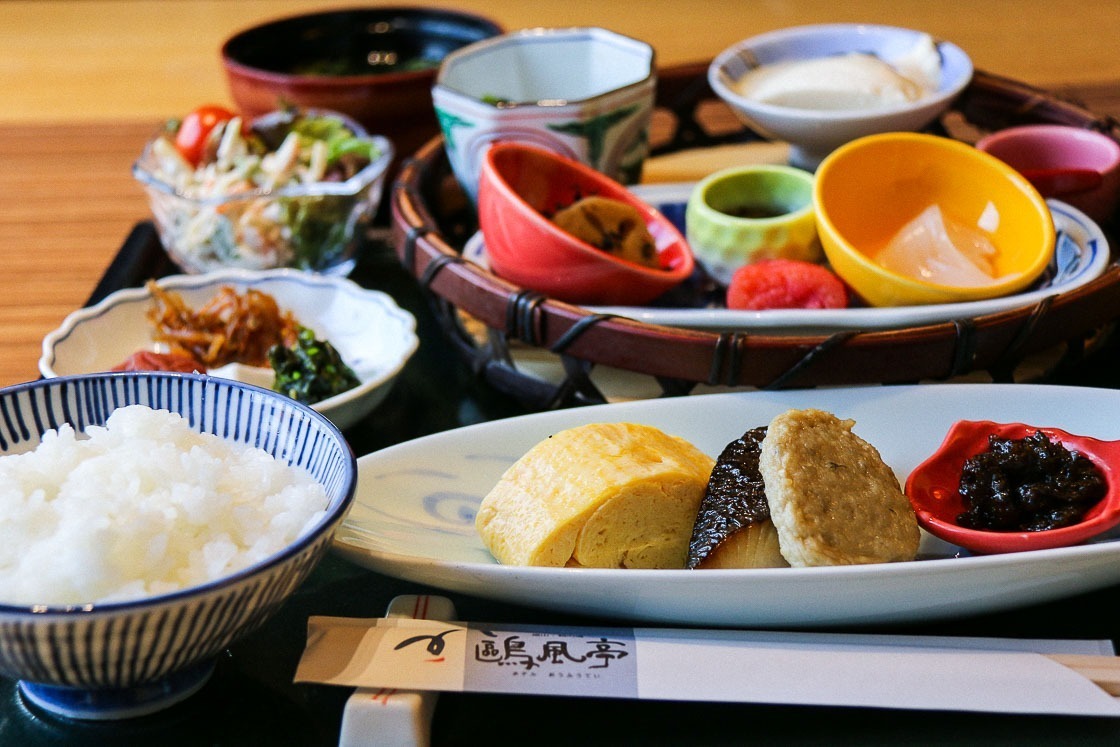
The quiet port town sees few visitors, and it was great to wander around the narrow streets, down alleyways and looking at the old houses that line the streets. Not far from the shoreline is Taichoro, a former guesthouse adjacent to Fukuzenji Temple near the town center. Built in 1694, Taichoro hosted emissaries from neighbouring Korea who enjoyed the view from there, and in 1711, one of them proclaimed the view to be the best one in Japan. In addition to the scenery, various exhibits relating to the history of Fukuzenji Temple and famous historical people who have visited, can be seen.
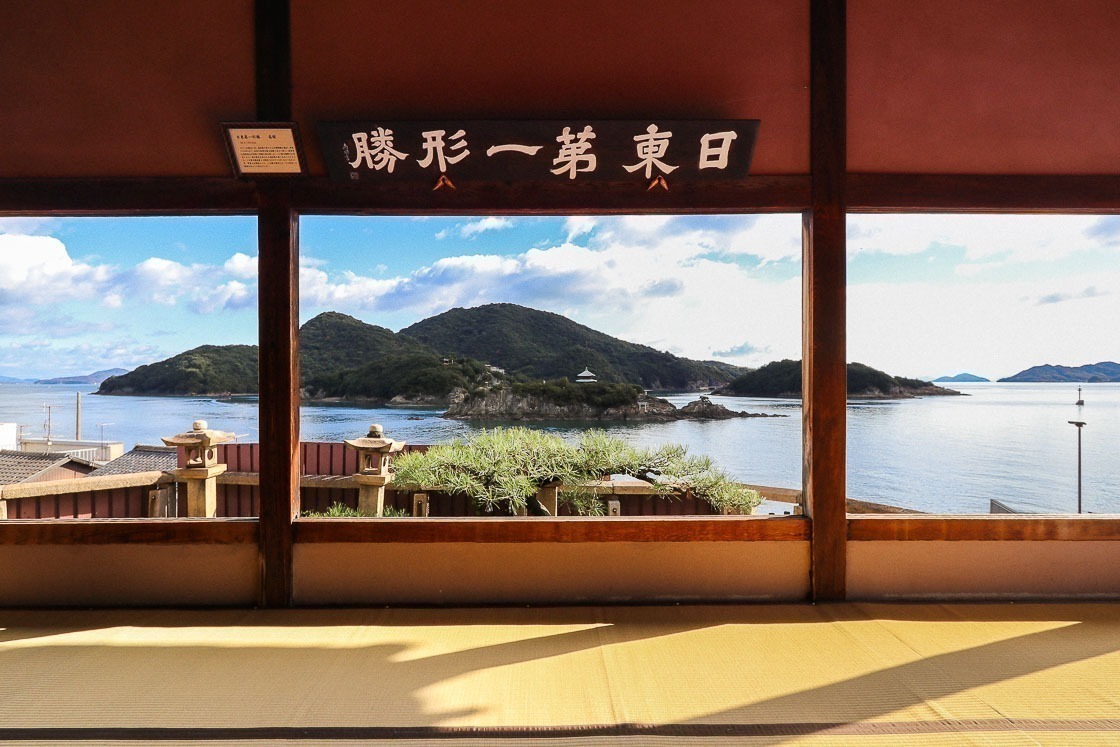

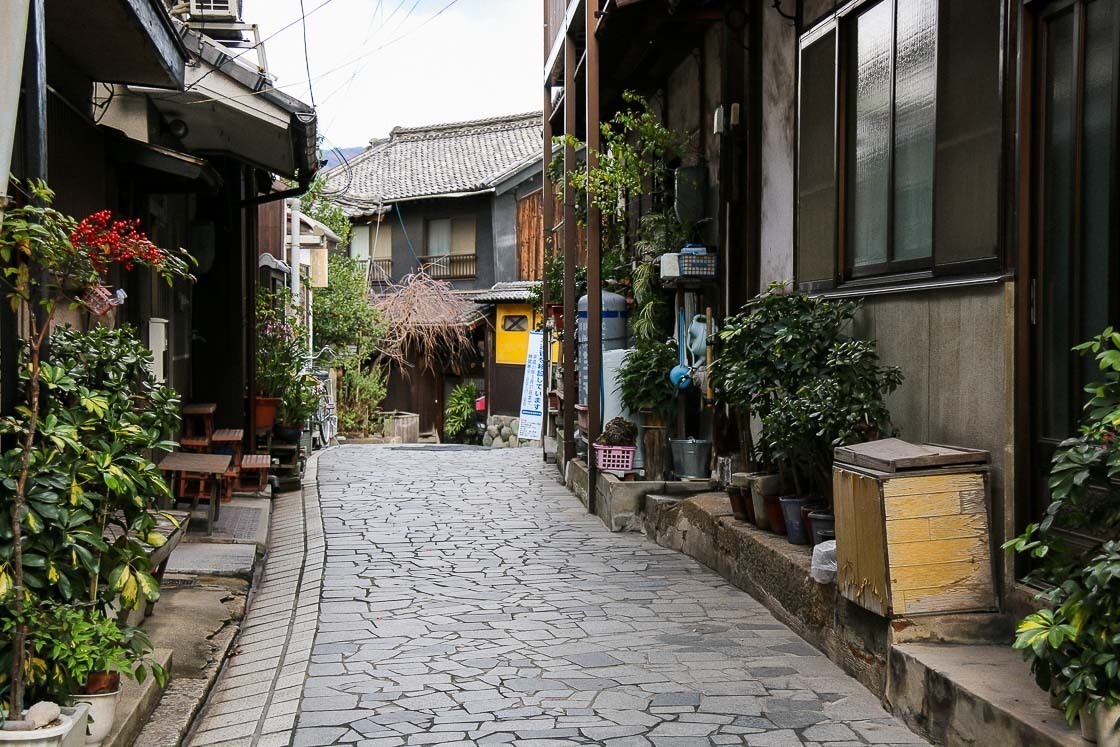
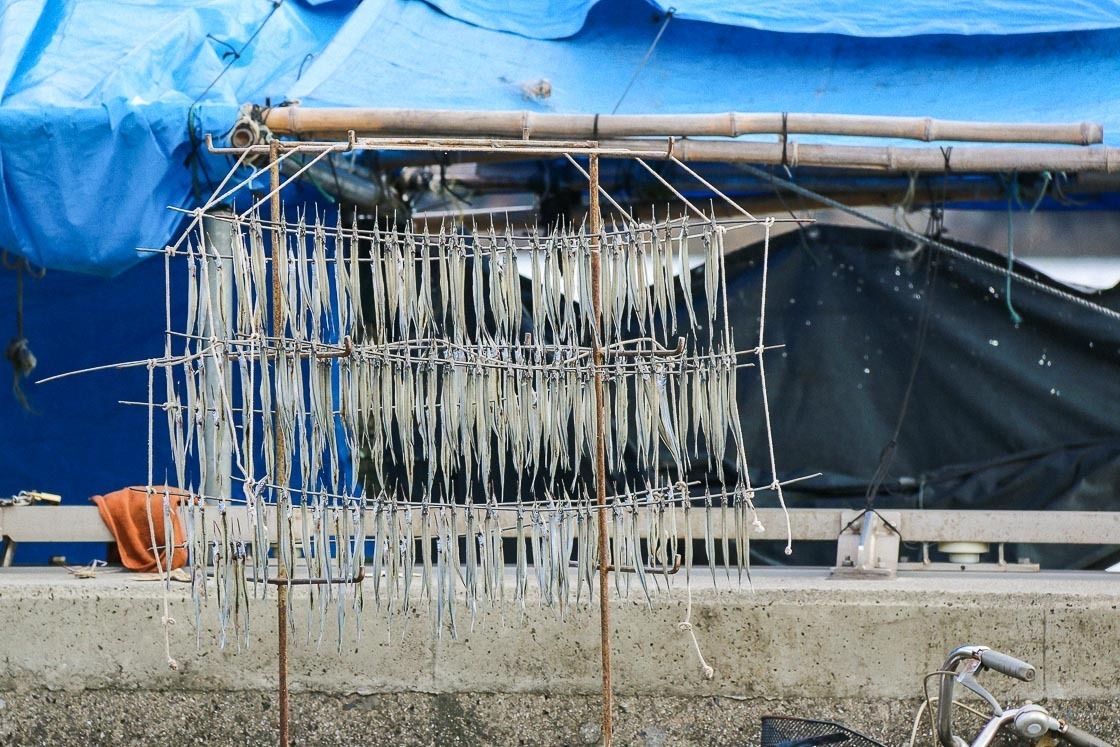
Further inland, I went to check out homeishu, a popular, medicinal beverage in Tomonoura, that has an alcohol content of 14 percent and made together with medicinal herbs. I stopped by the Irie Toyosaburo Honten, a major producer of homeishu that has been around since the late 1800s. There, I had my first try of homeishu which turned out to be quite pleasant, and the aftertaste was more sweet than alcoholic thanks to the medicinal herbs.
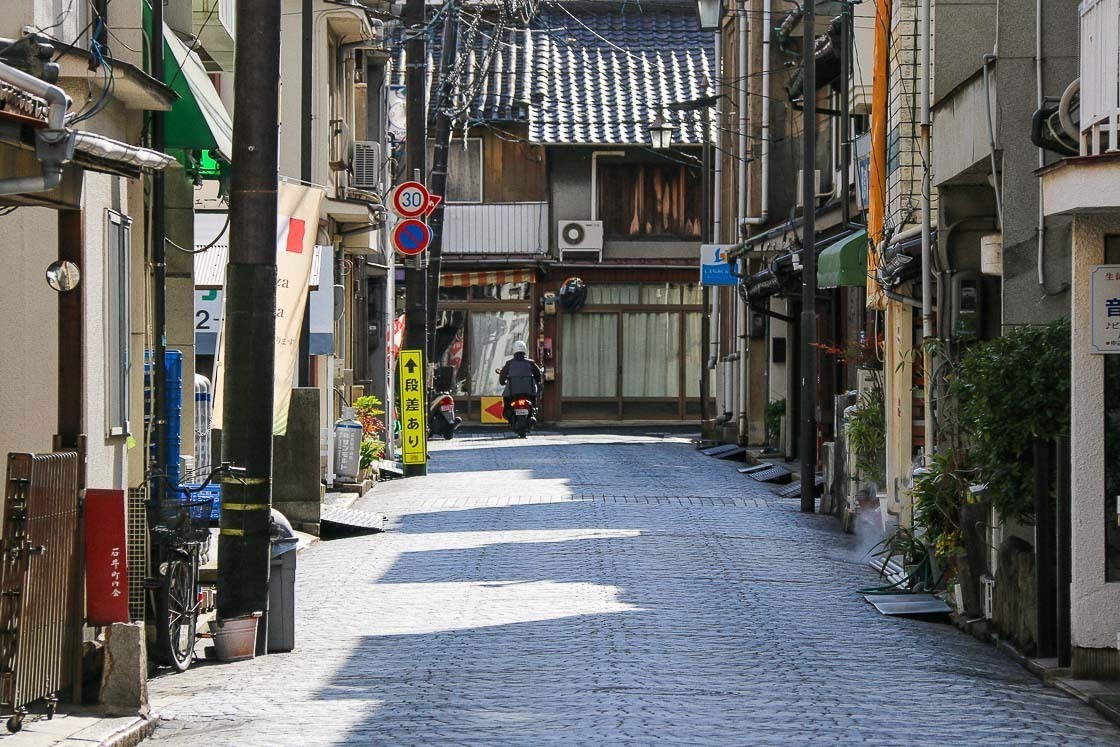
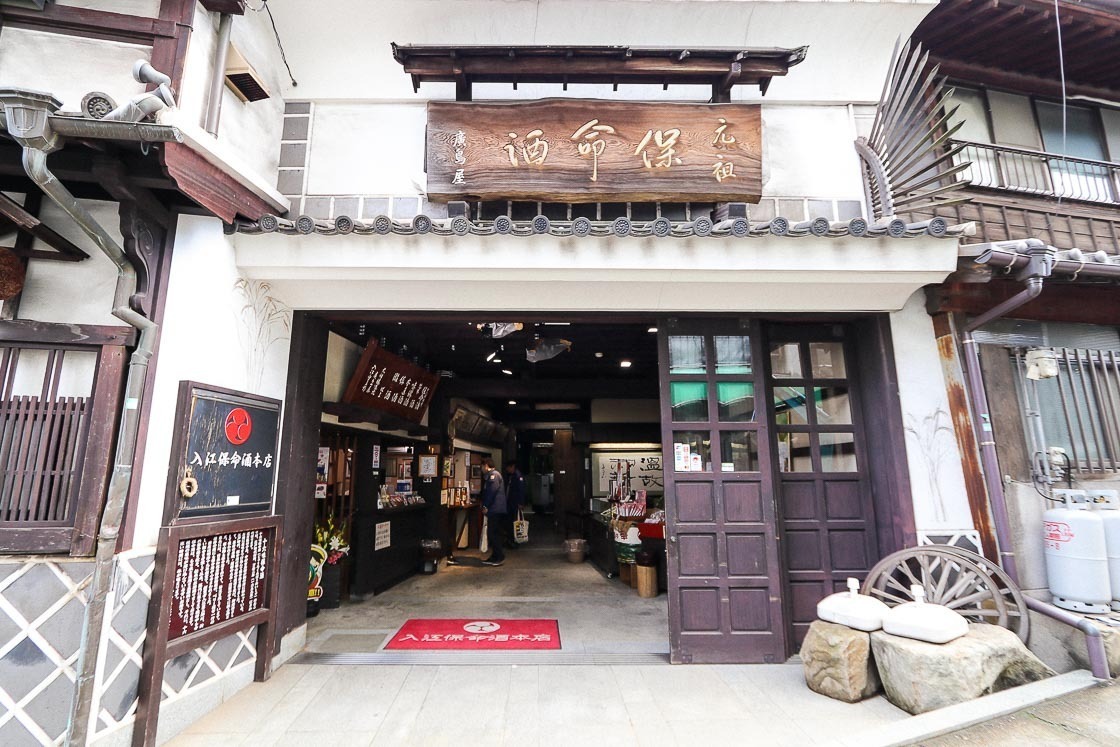
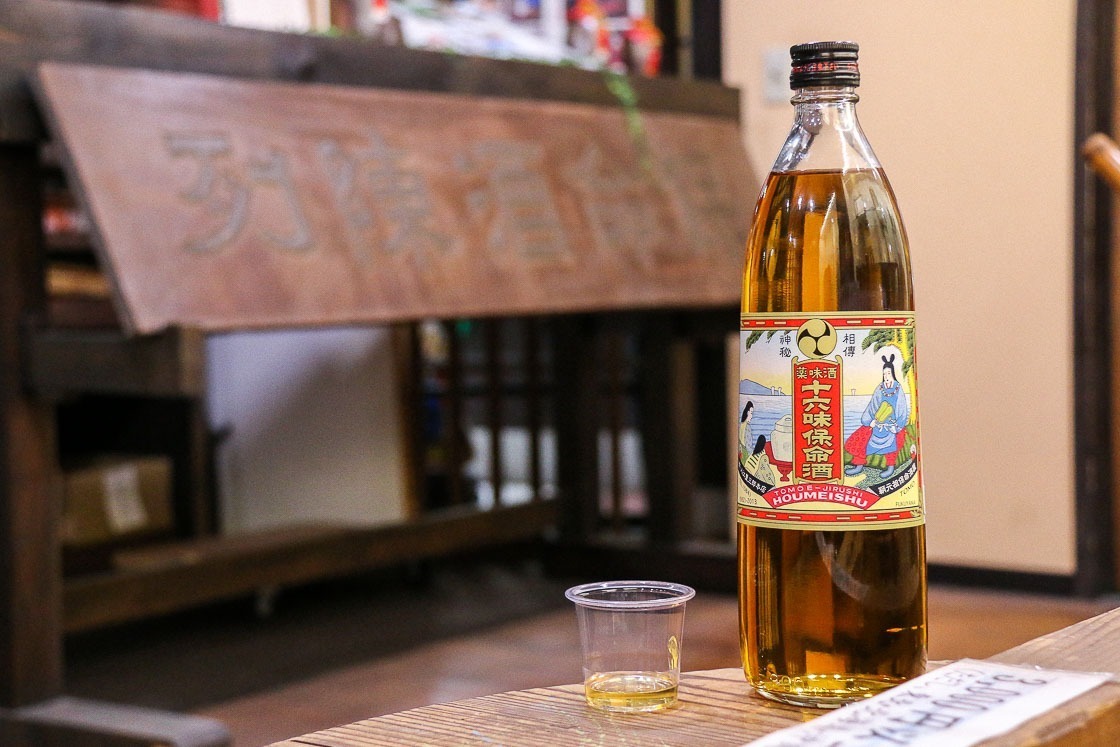
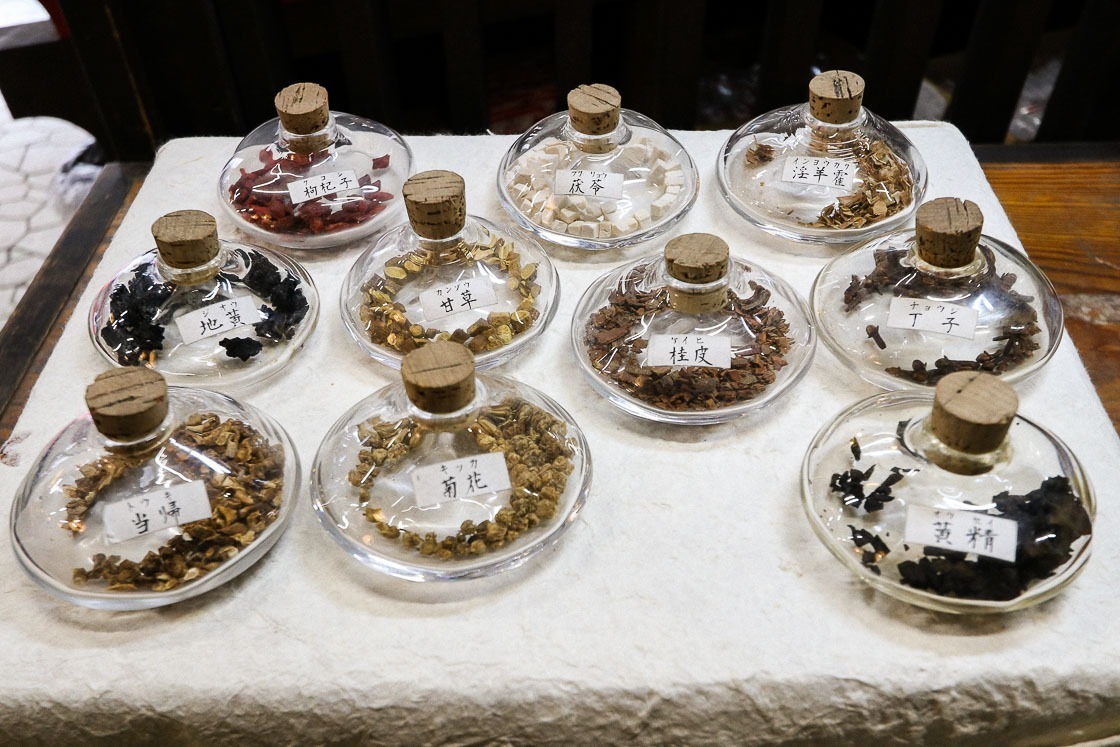
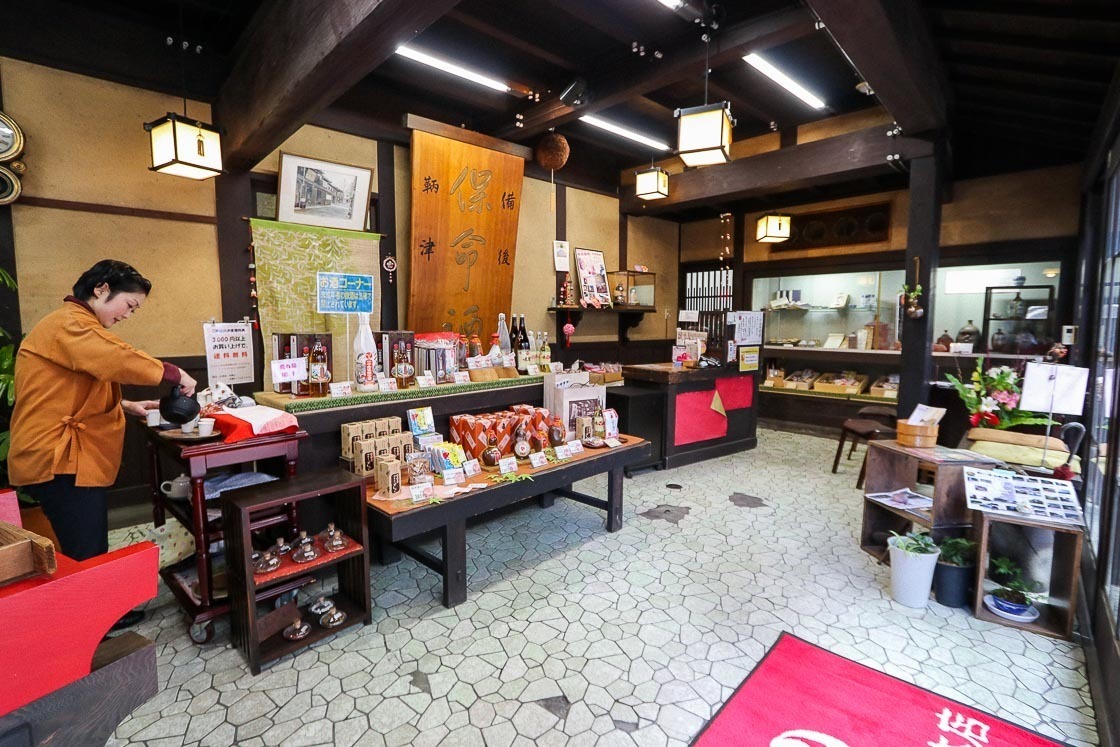
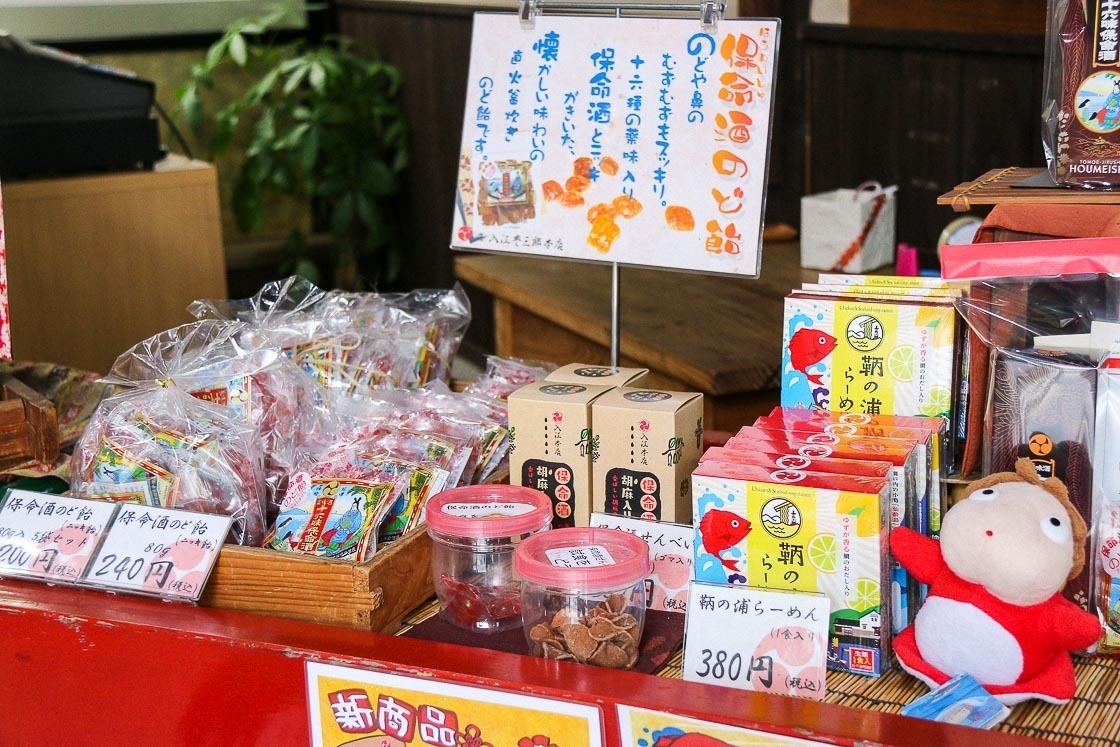
It was soon time for lunch, and tai is one of Tomonoura's local delicacies. The port town has an almost 400 year tradition of netting red snapper in the Seto Inland Sea, and there are many restaurants serving up the fish in town. I visited Kinugasa, a restaurant specializing in seasonal as well as tai cuisine, and went for the tai-zukushi meal that had seven dishes, all of them containing red snapper. I had a delicious time comparing the different cuts of the same fish and the various styles they were prepared.
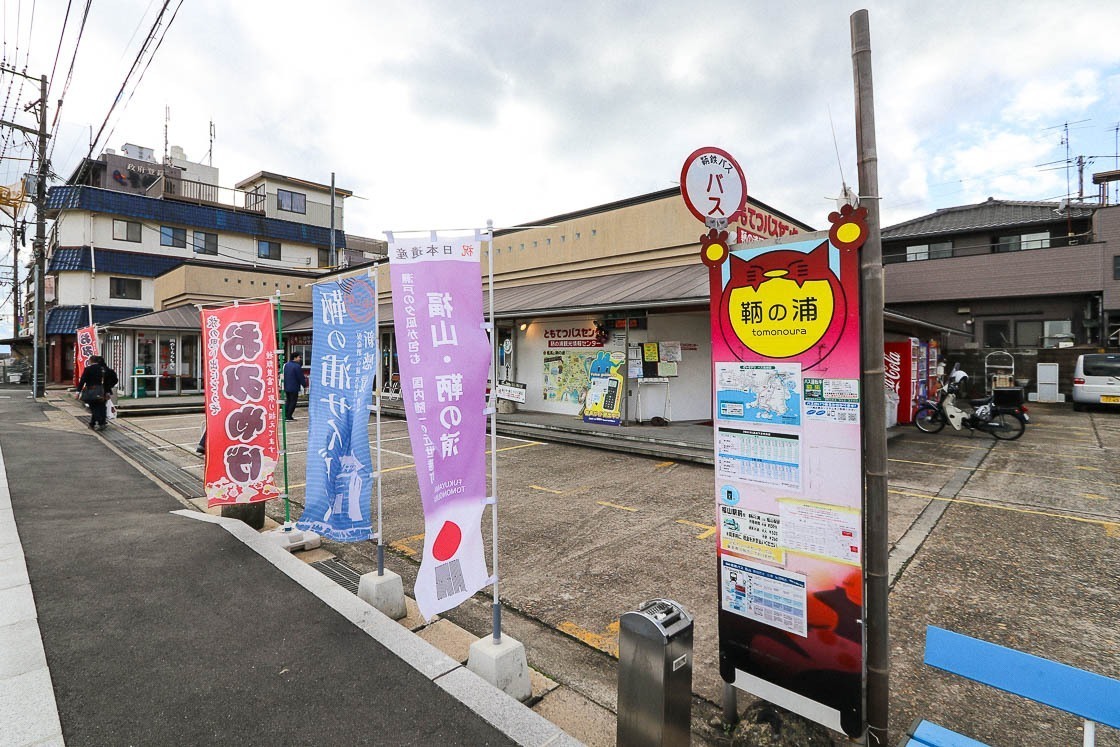
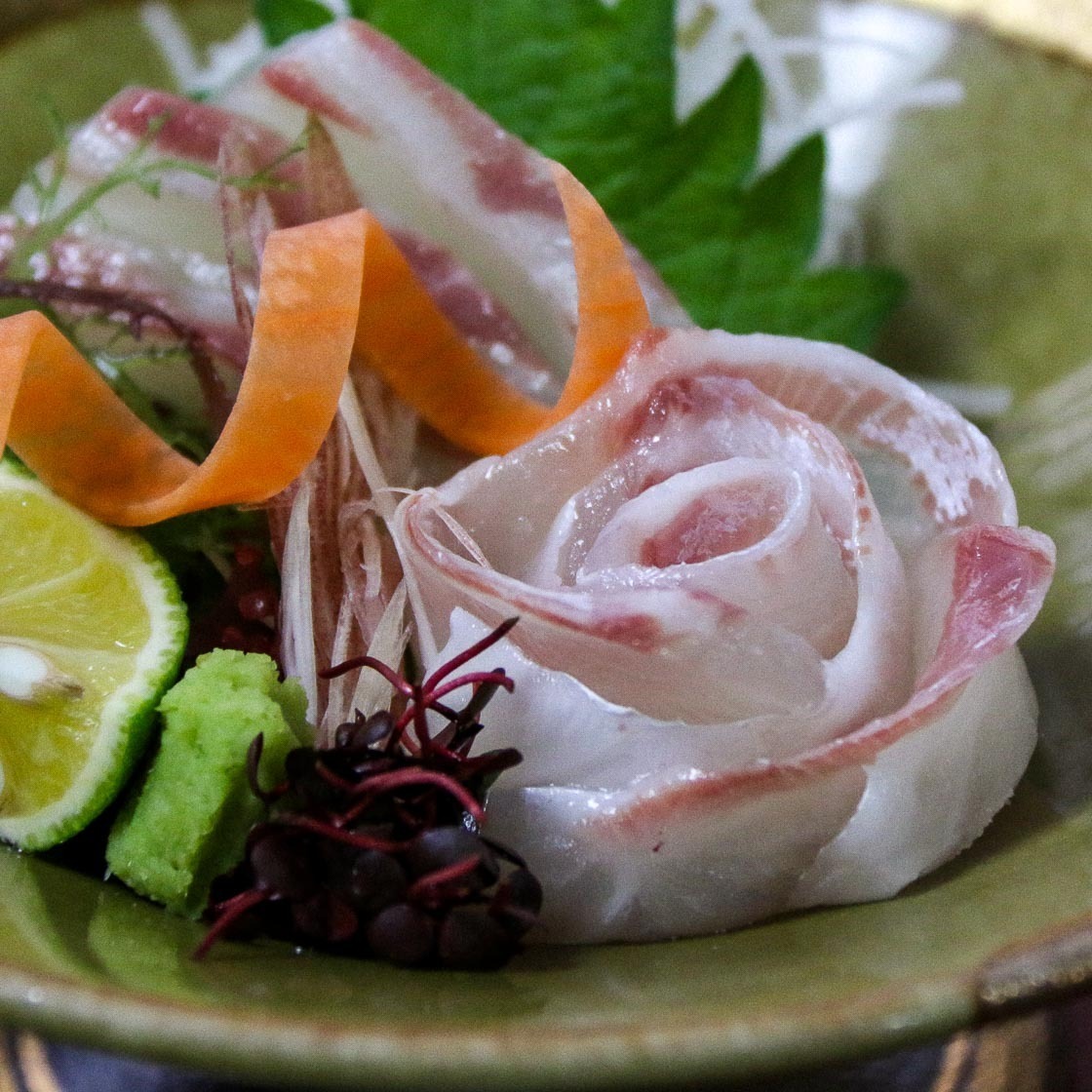


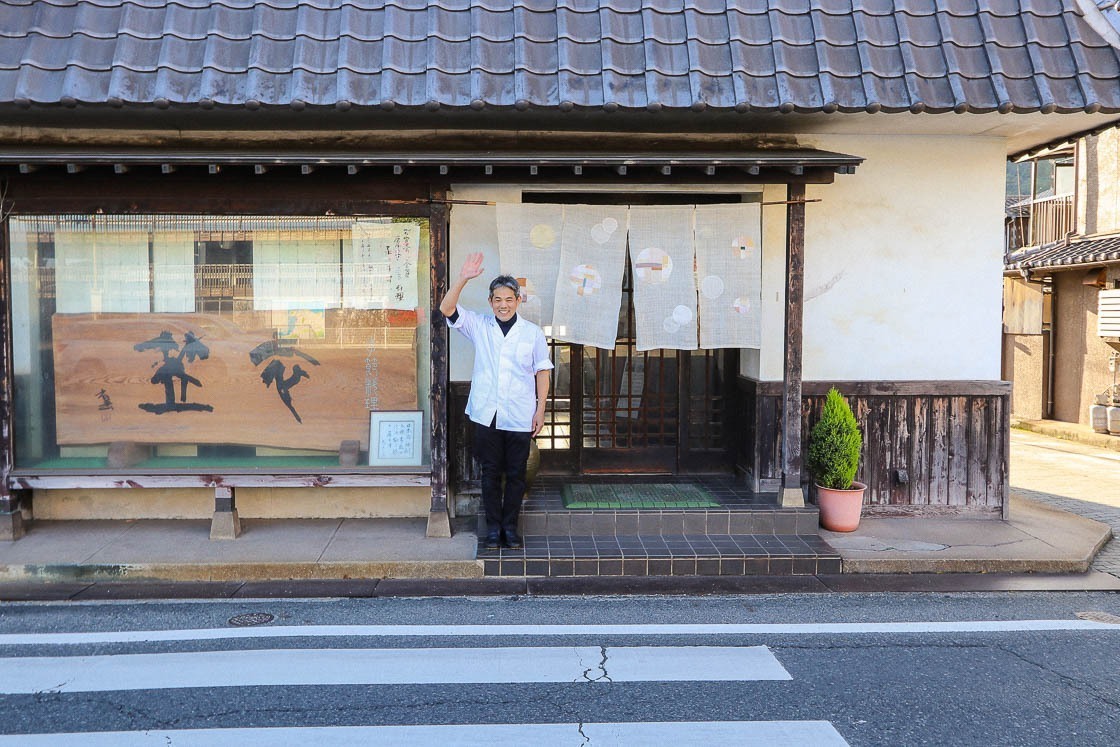
With lunch under my belt, I took a taxi (about 15 minutes, around 2000 yen) for Abuto Kannon, a small hall perched precariously atop a rock outcrop in the Seto Inland Sea. Visitors to the hall typically pray to the Kannon for a safe delivery (of children) as well as maritime safety. In addition to offering prayers, Abuto Kannon offers stunning panoramic views of the nearby islands as well as of the glittering Seto Inland Sea, it was like being on the edge of the known world!
Before I knew it, it was time to walk to the Abuto Kannon-iriguchi bus stop to catch my bus back to Fukuyama Station. Note that the buses from here are extremely infrequent, only four buses a day, and it is advisable to check the bus schedule beforehand.
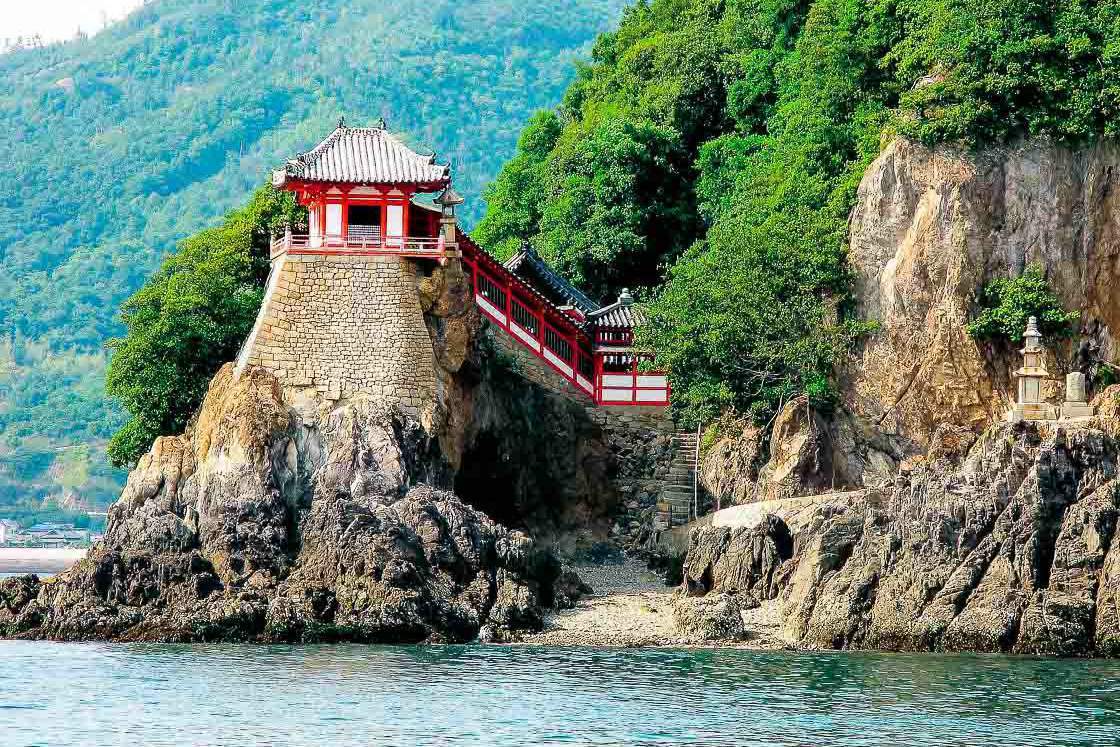
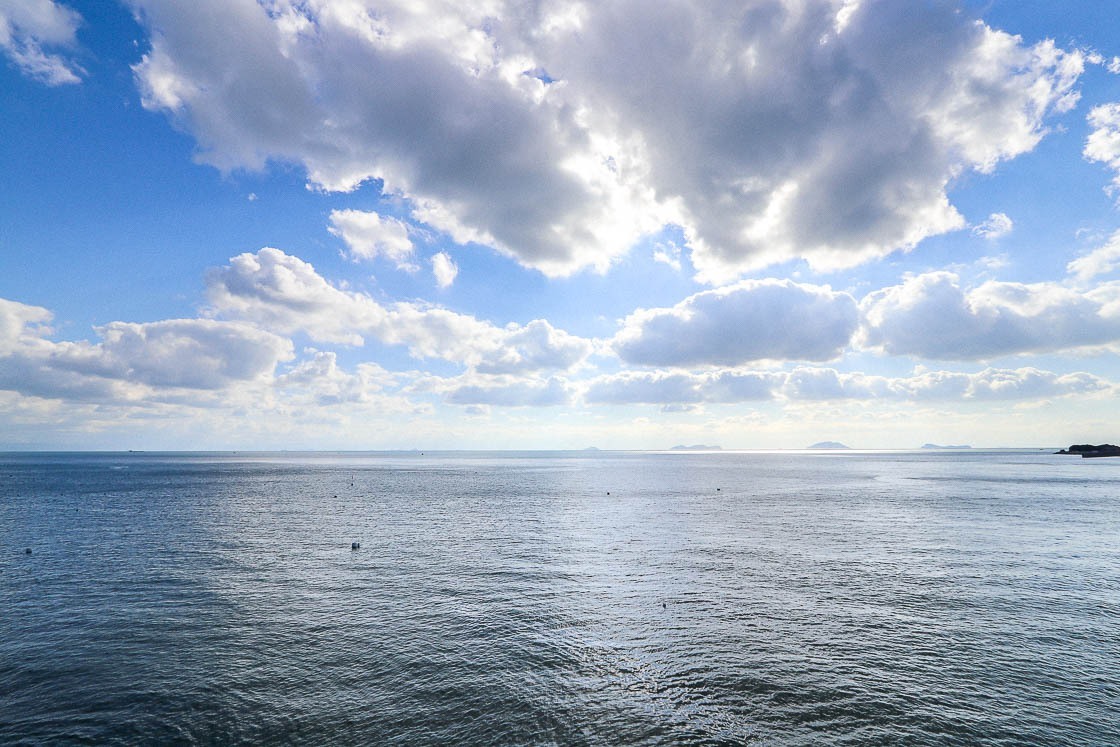
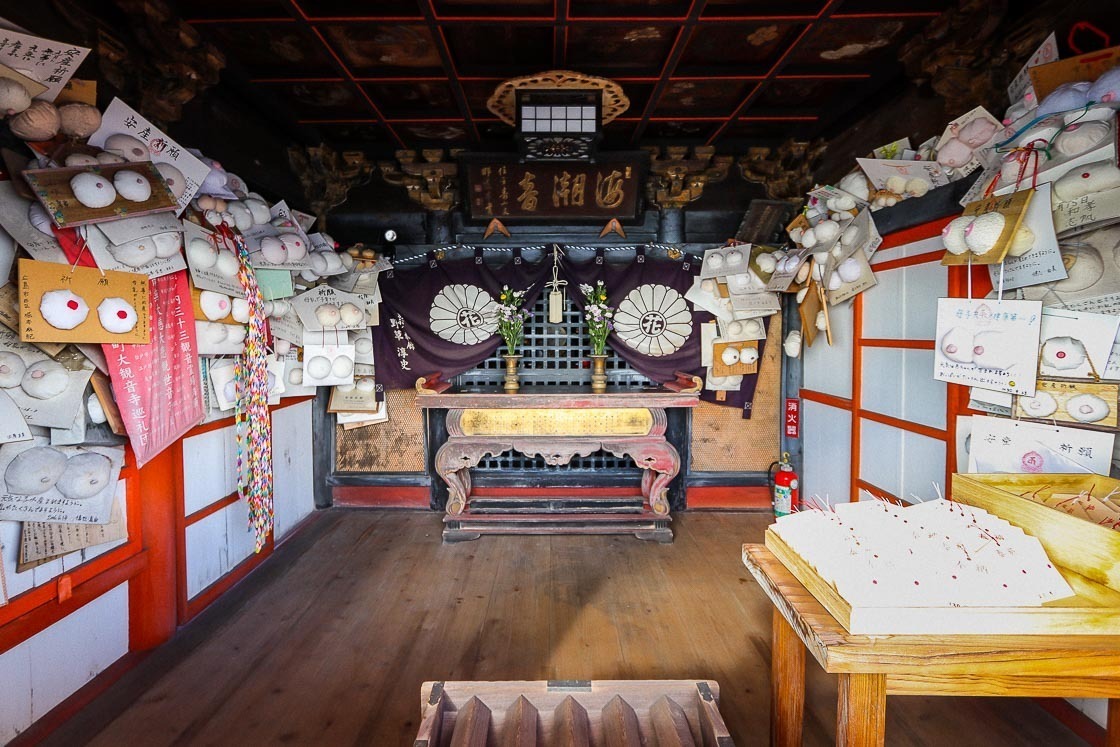
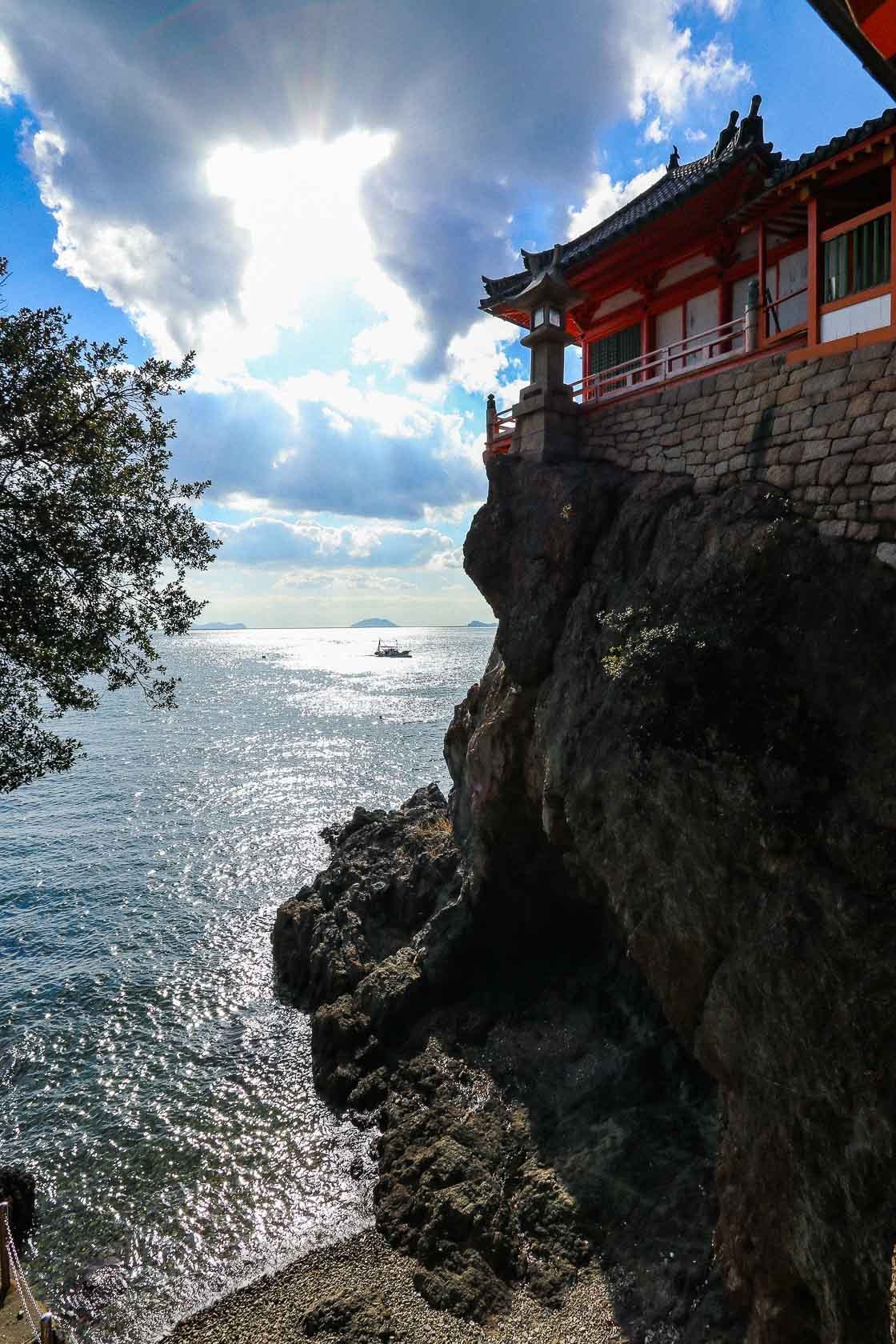
With that, my trip in Fukuyama City came to an end. I felt like I had covered a fair bit of ground, and while it was difficult to pick favorites, the ones that stood out for me were: trying my hand at some unique experiences like playing the Japanese koto and zazen meditation, sampling lots of delicious foods during my trip as well as drinking homeishu, a medicinal alcoholic beverage, and visiting the hidden gem, Abuto Kannon. For those interested, the city of Fukuyama has organised a survey of Tomonoura that any one can participate in the links section below.
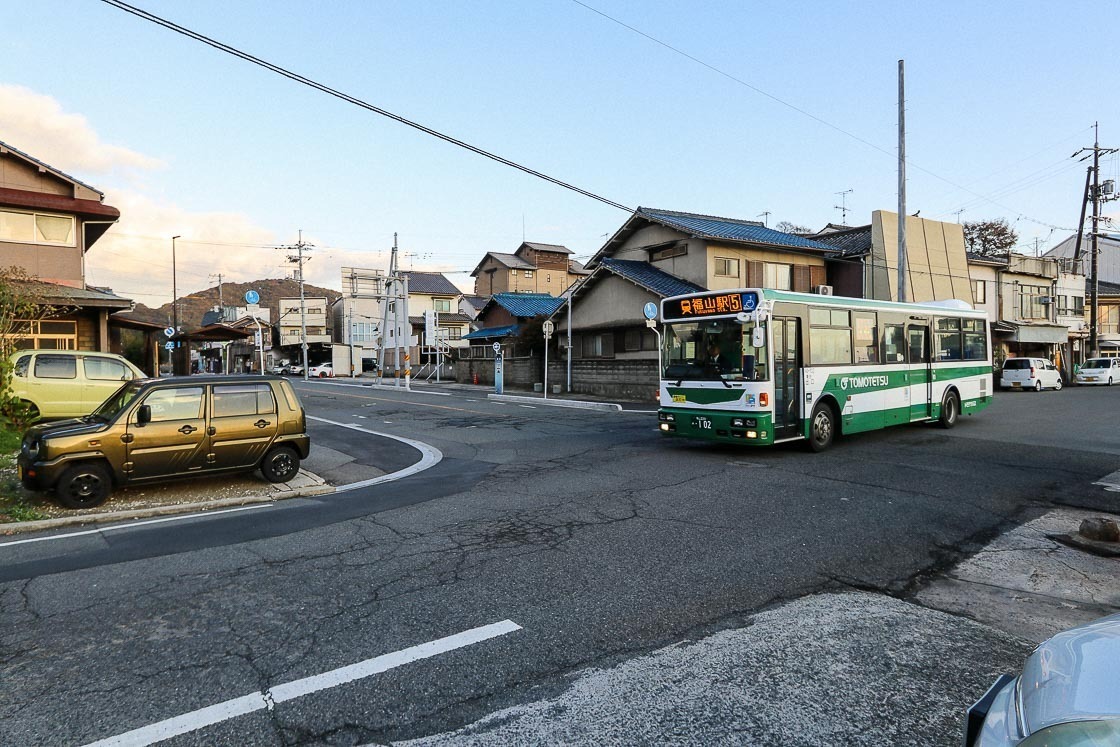
Access
Fukuyama Station on the JR Sanyo Shinkansen and the JR Sanyo Main Line is the main station to access Fukuyama and Tomonoura. From there, 3-4 buses an hour connect Fukuyama Station to Tomonoura (520 yen one way, about 30 minutes).

